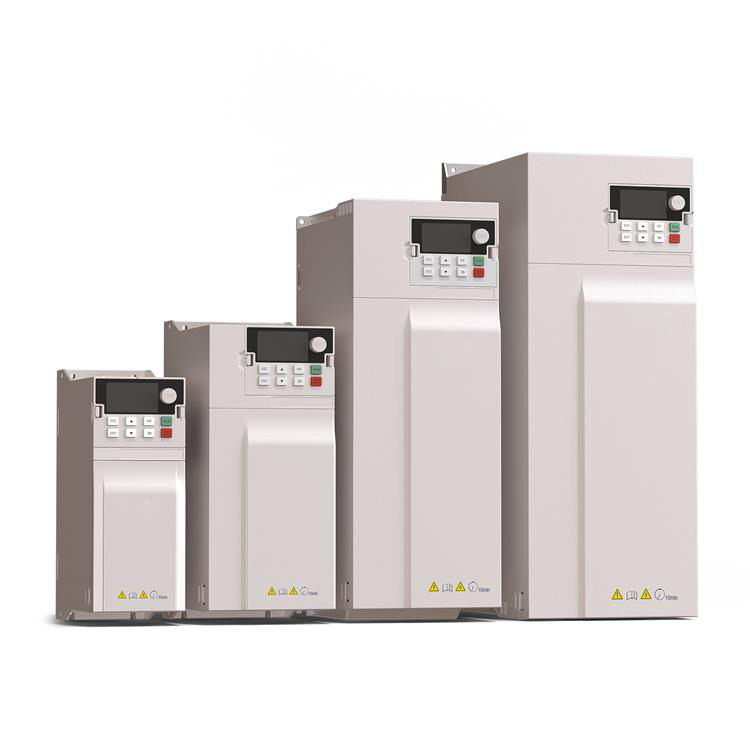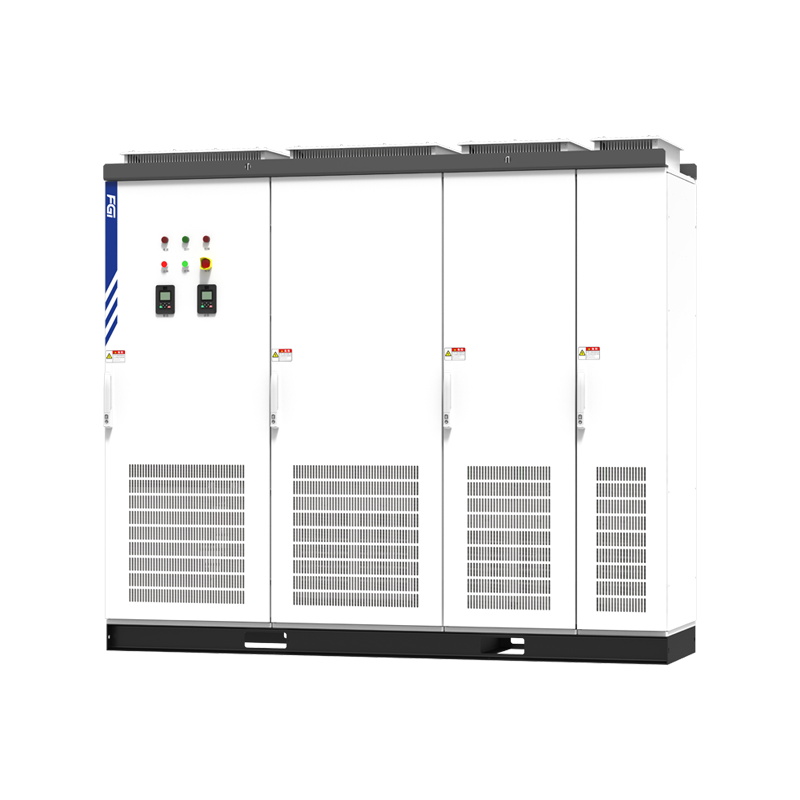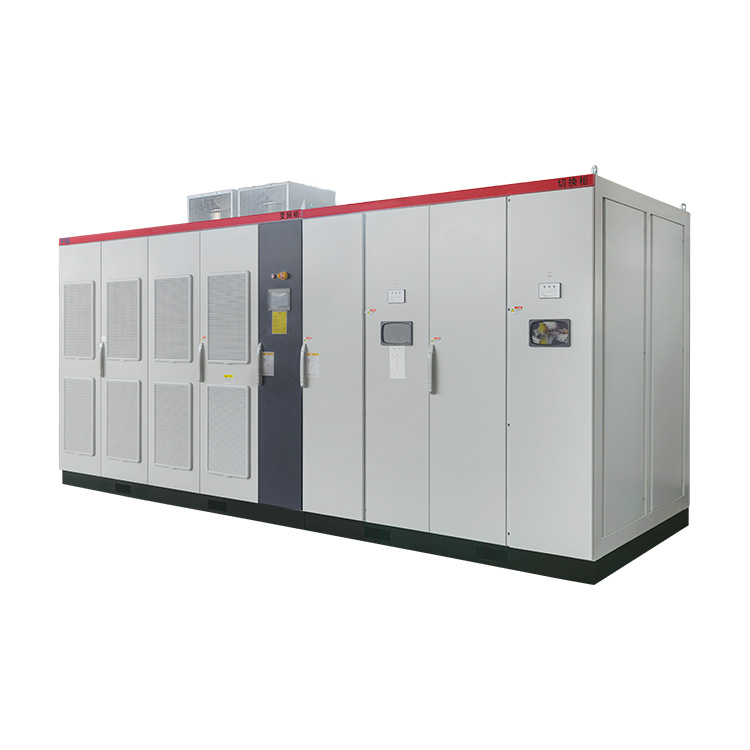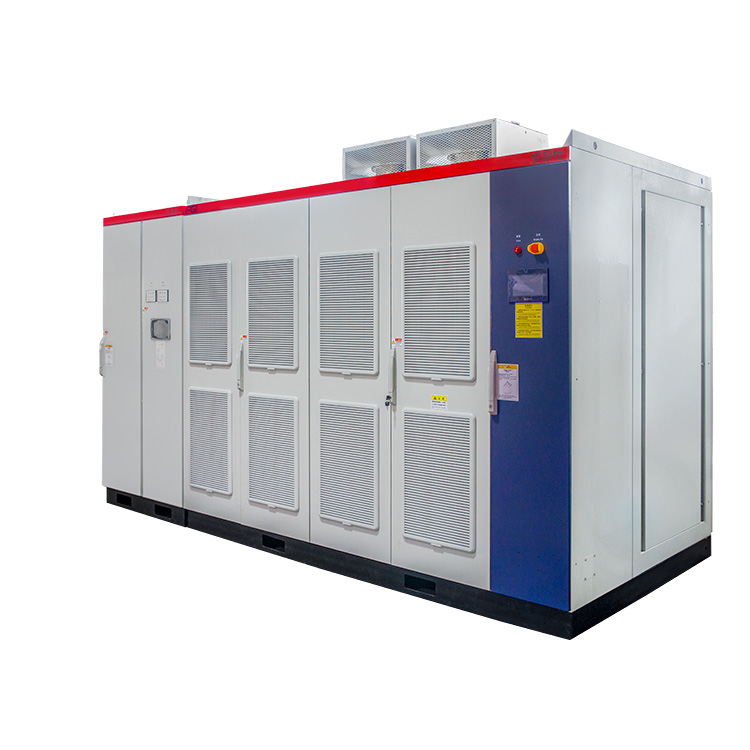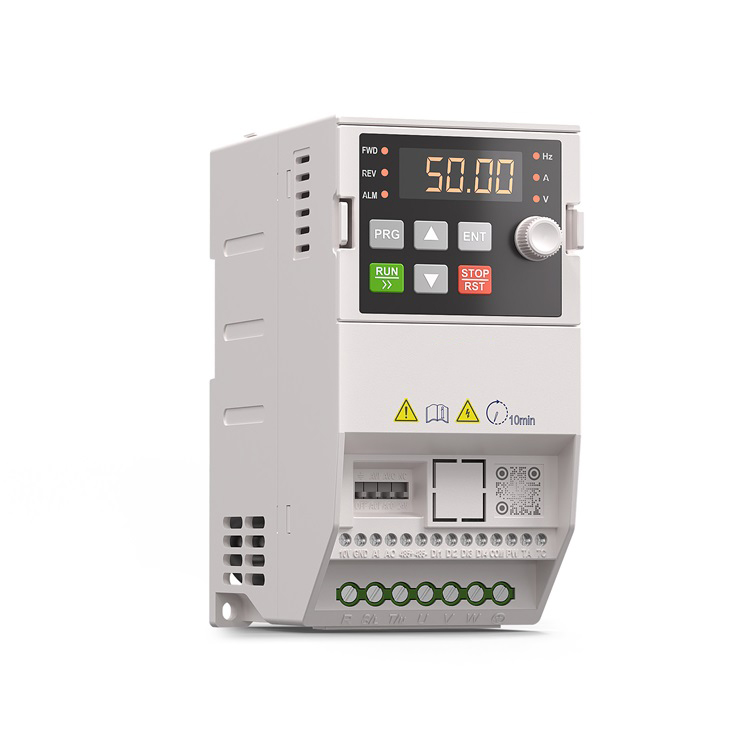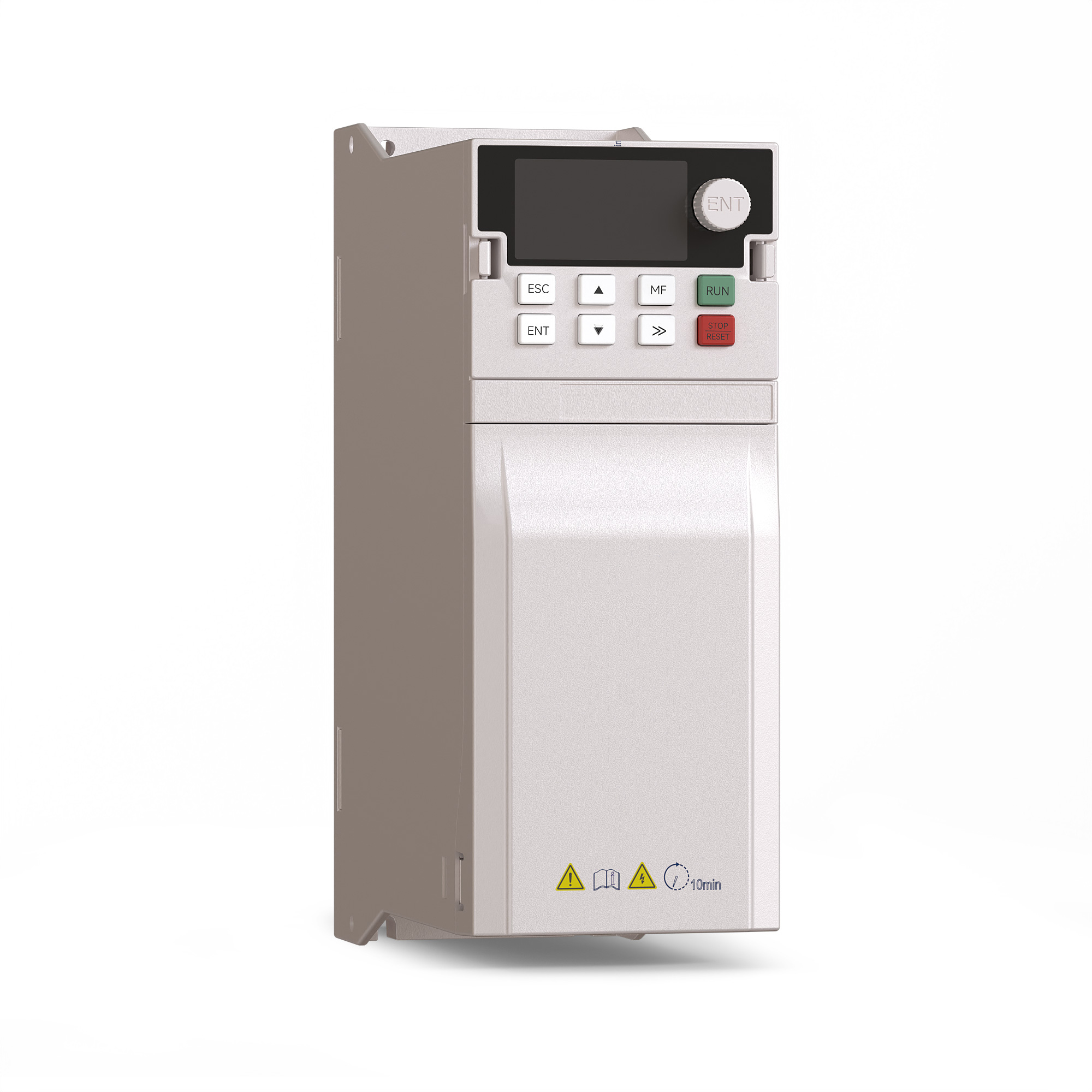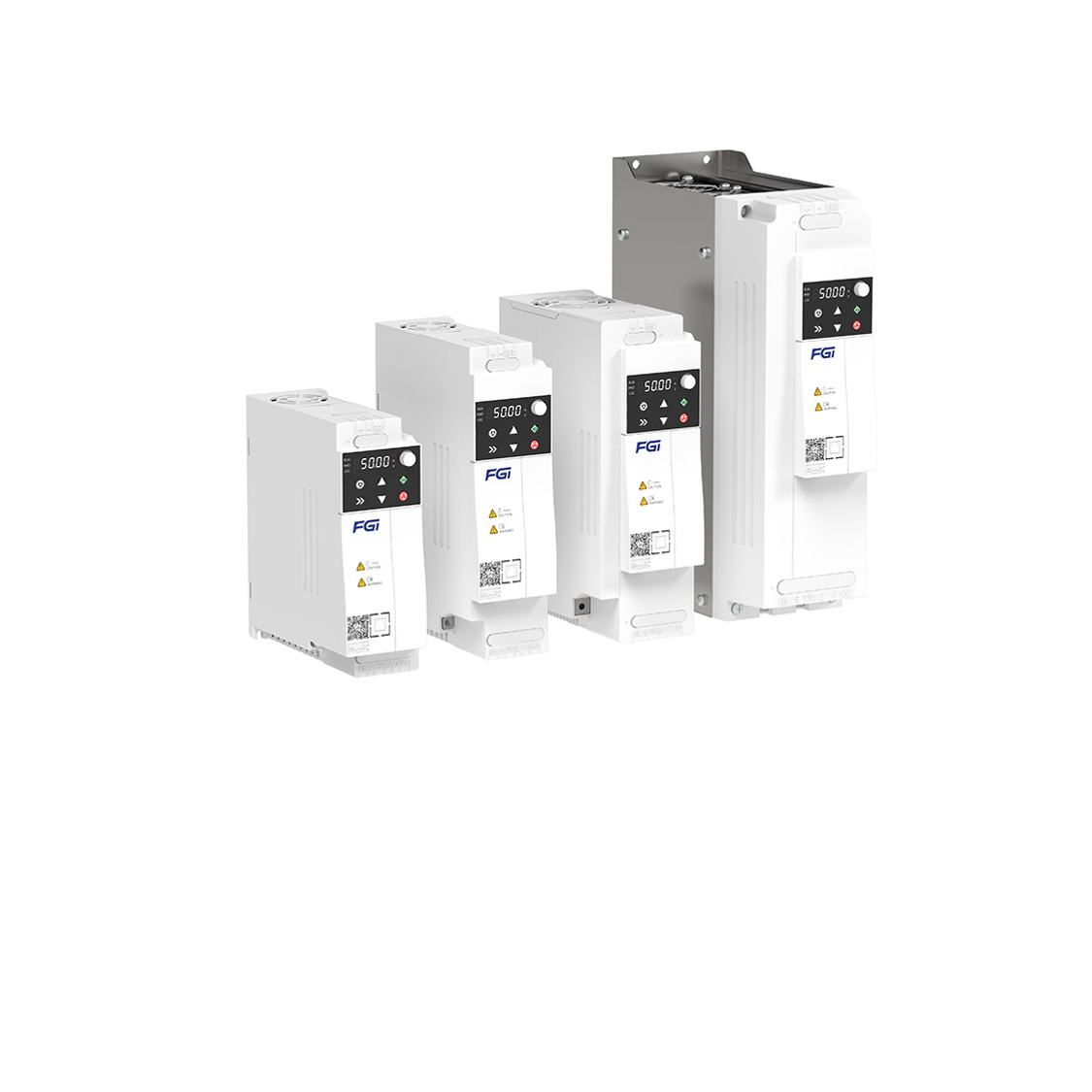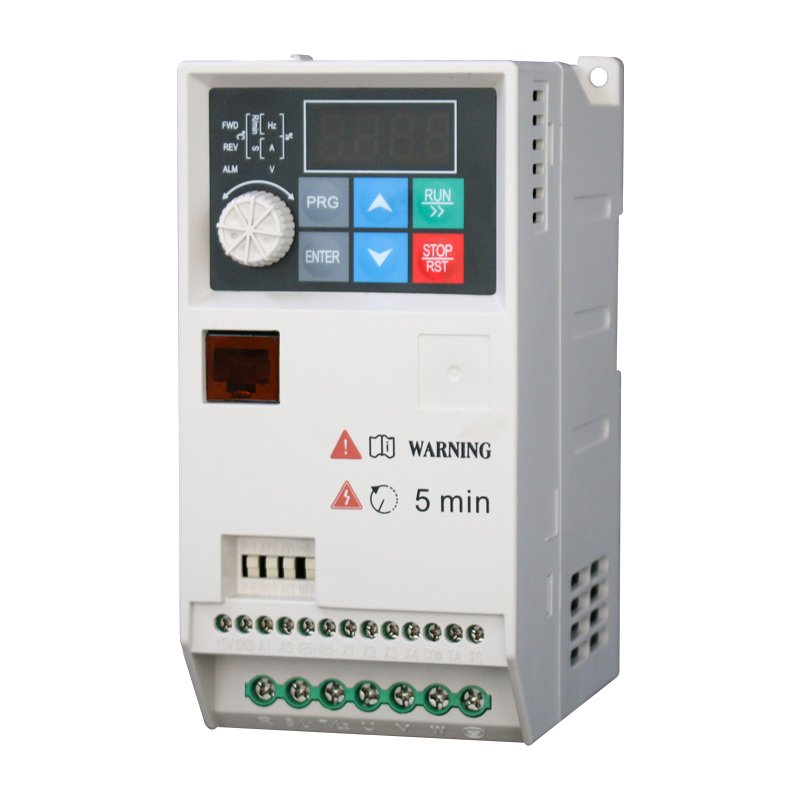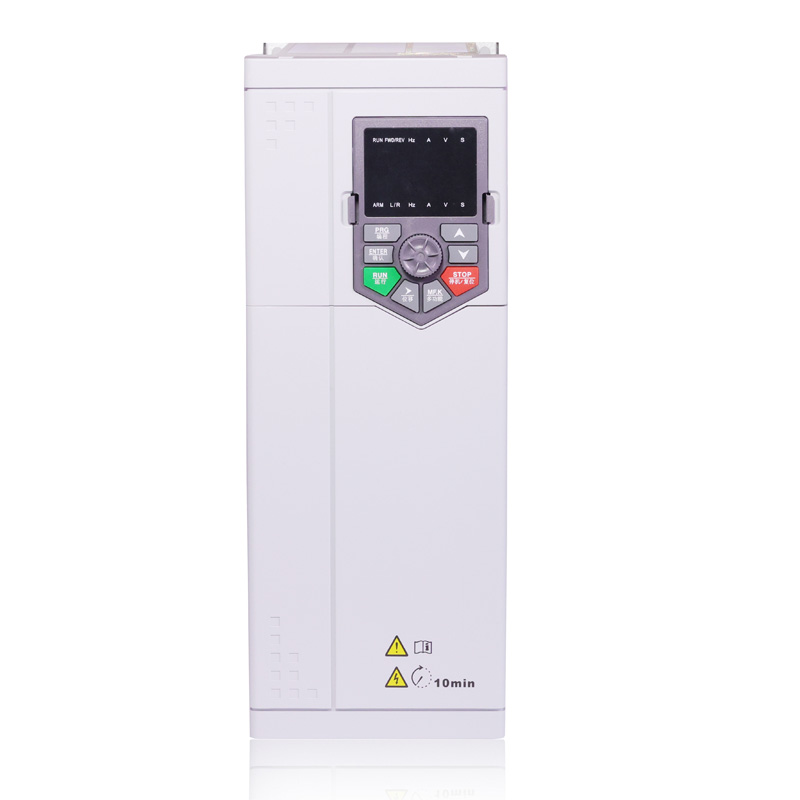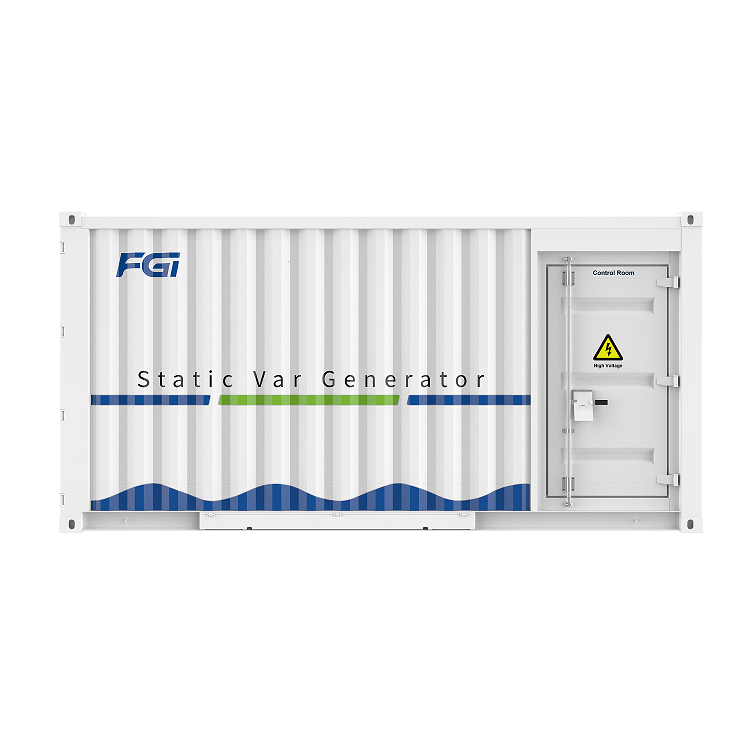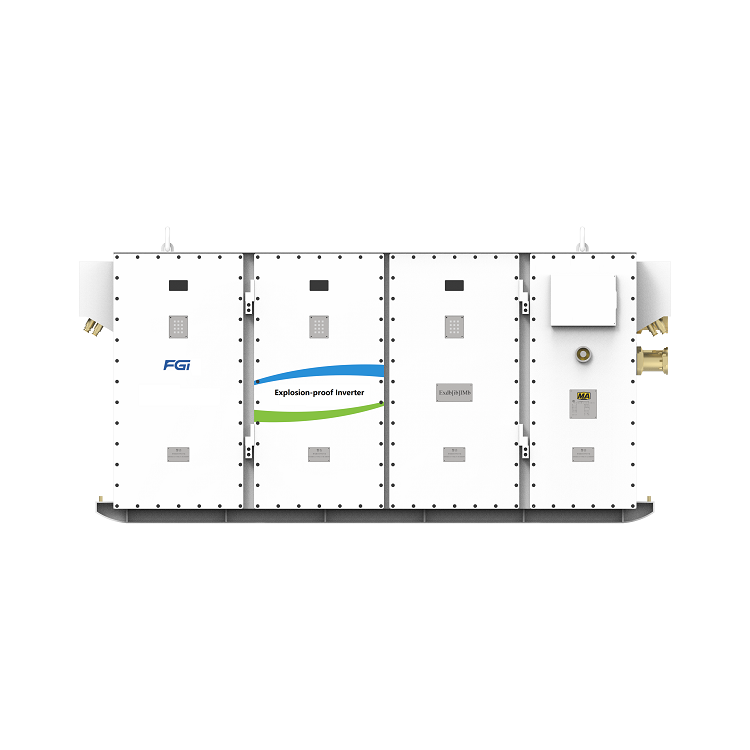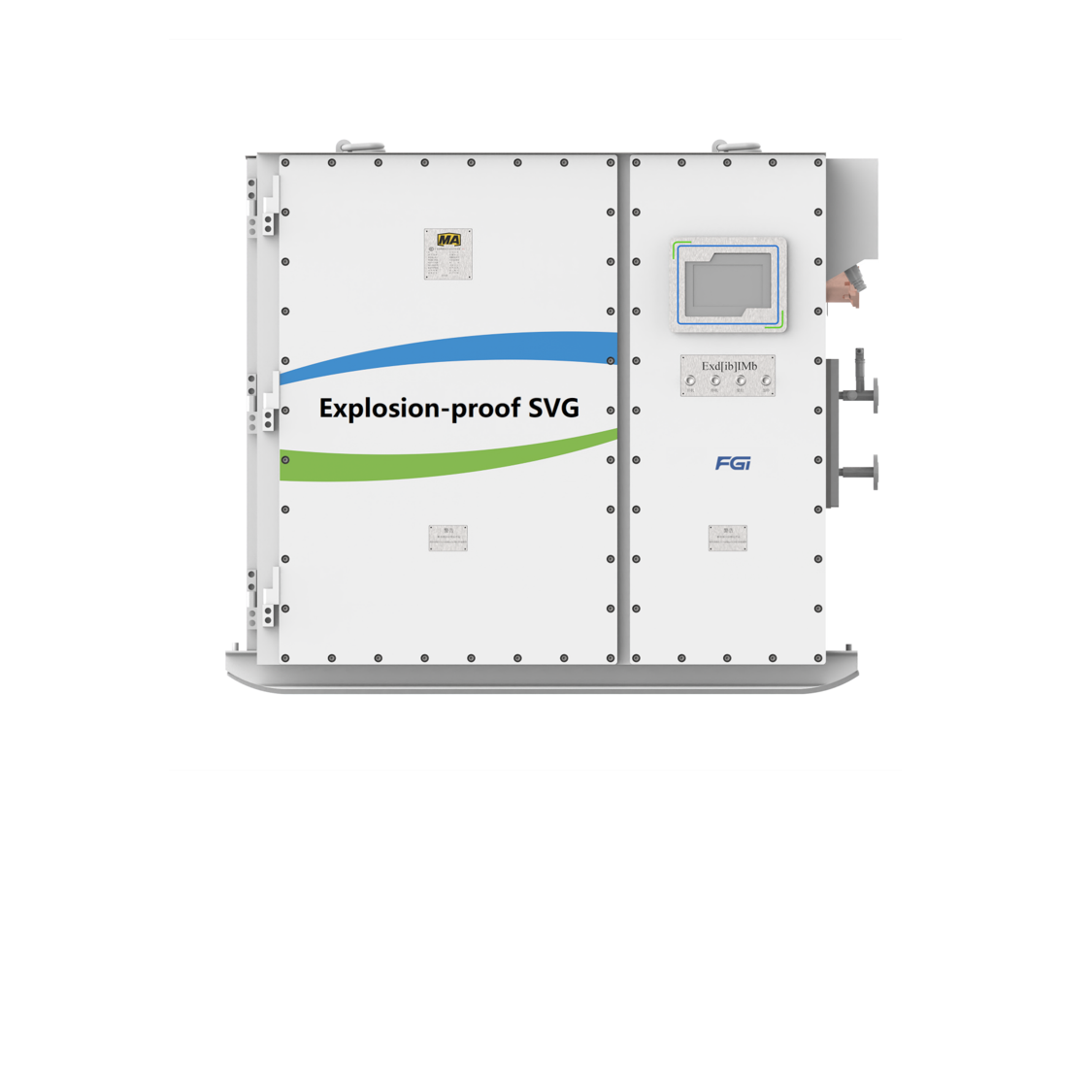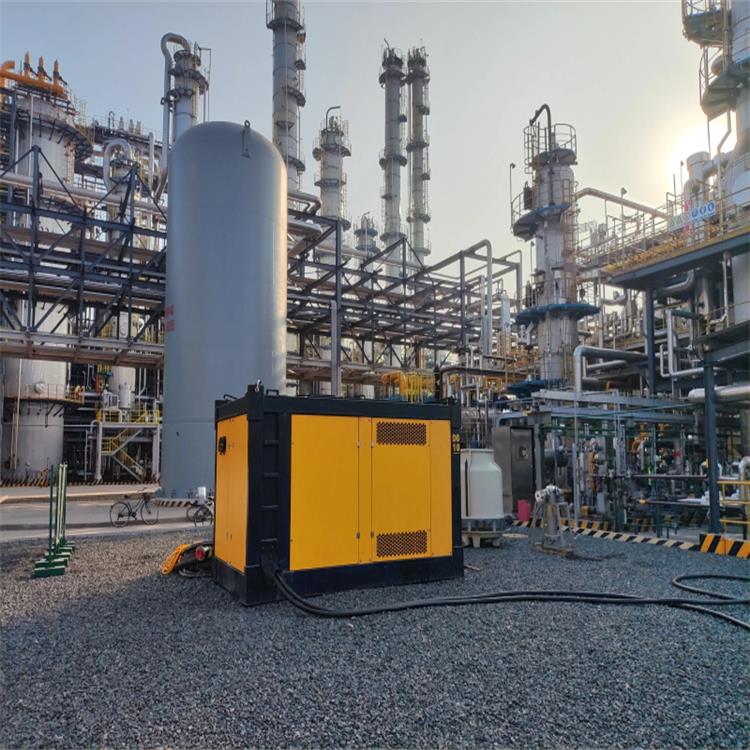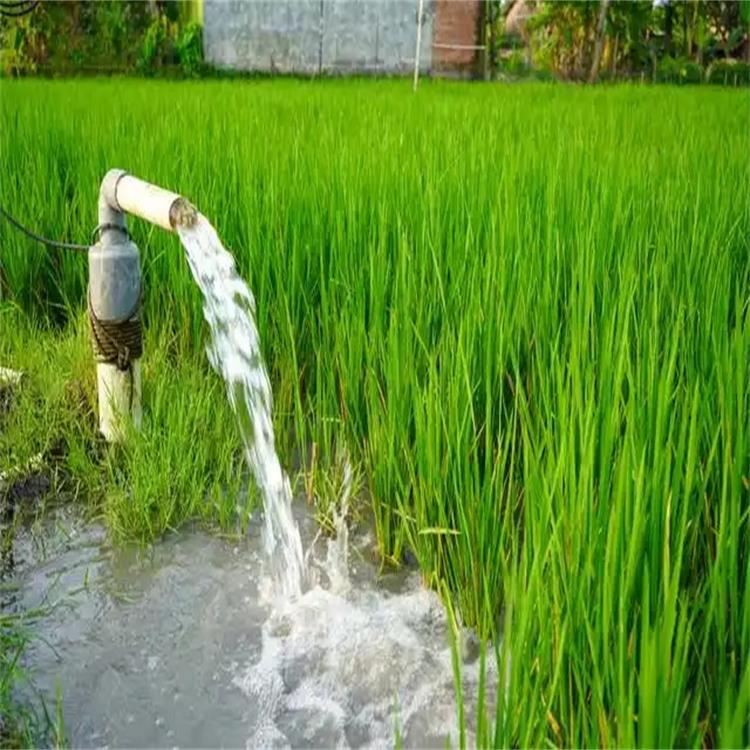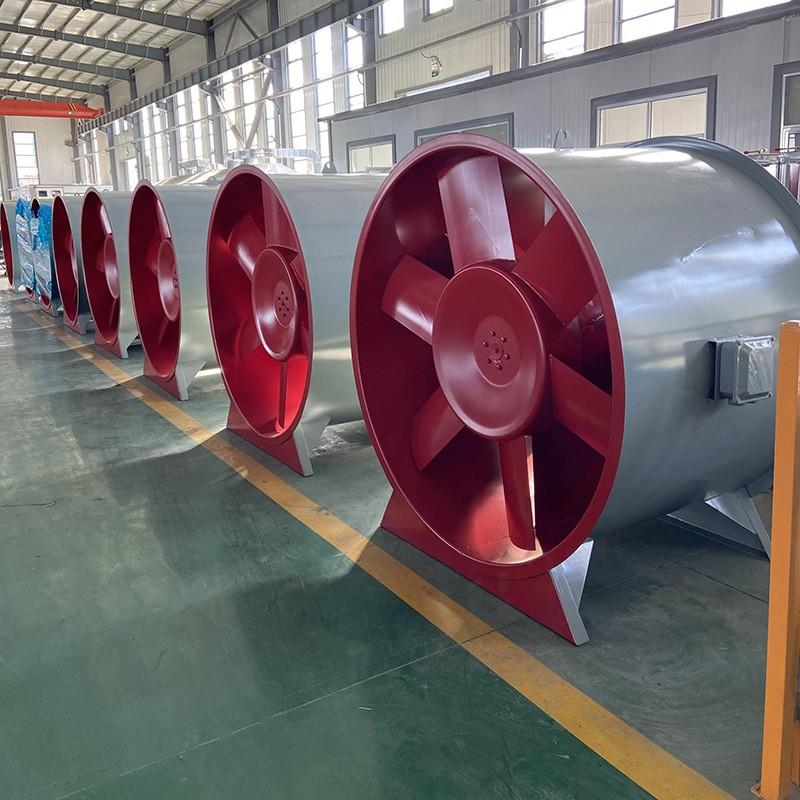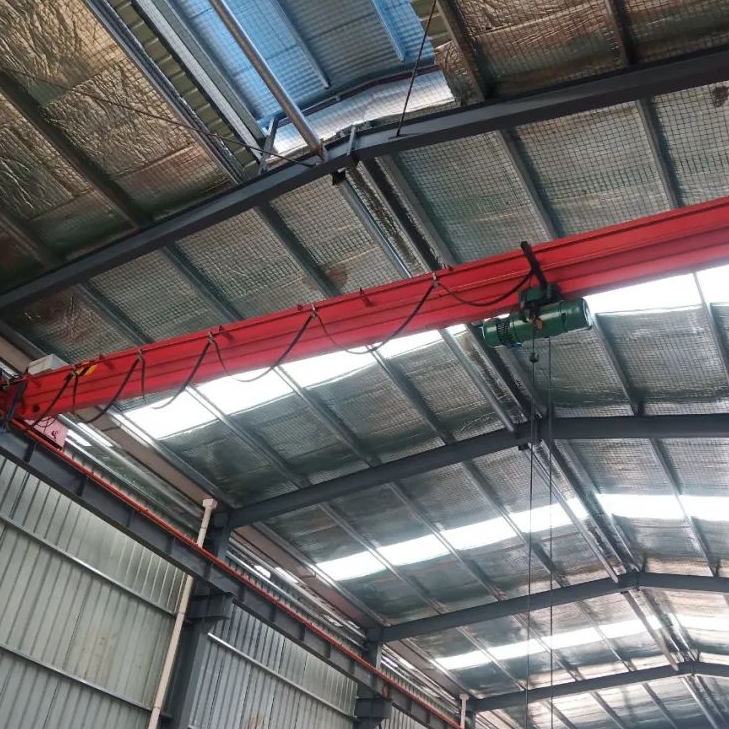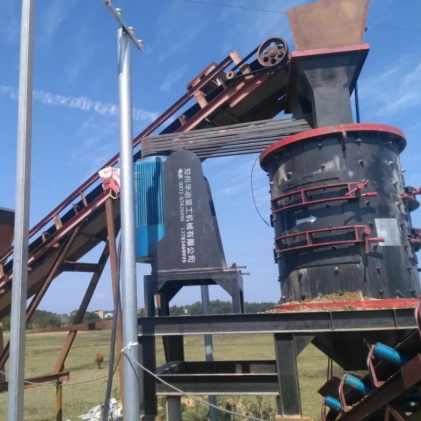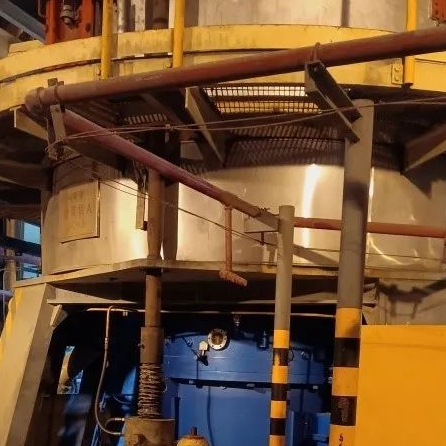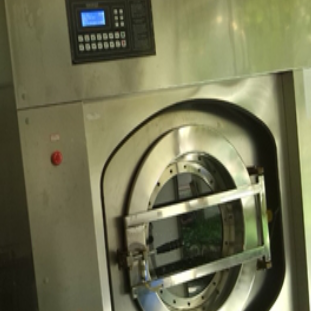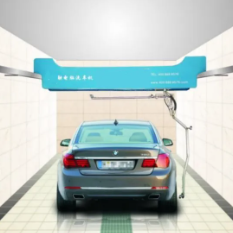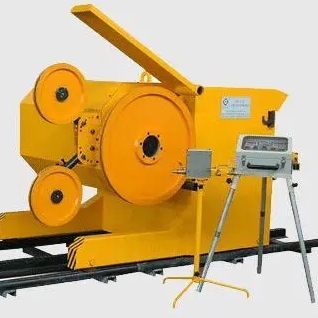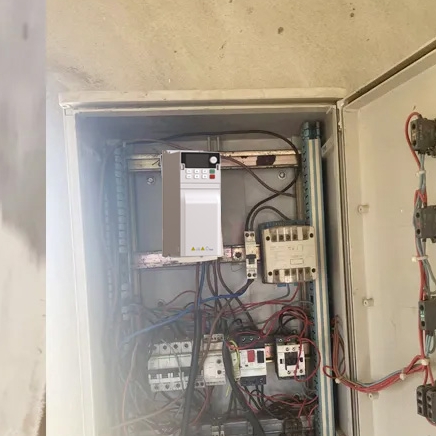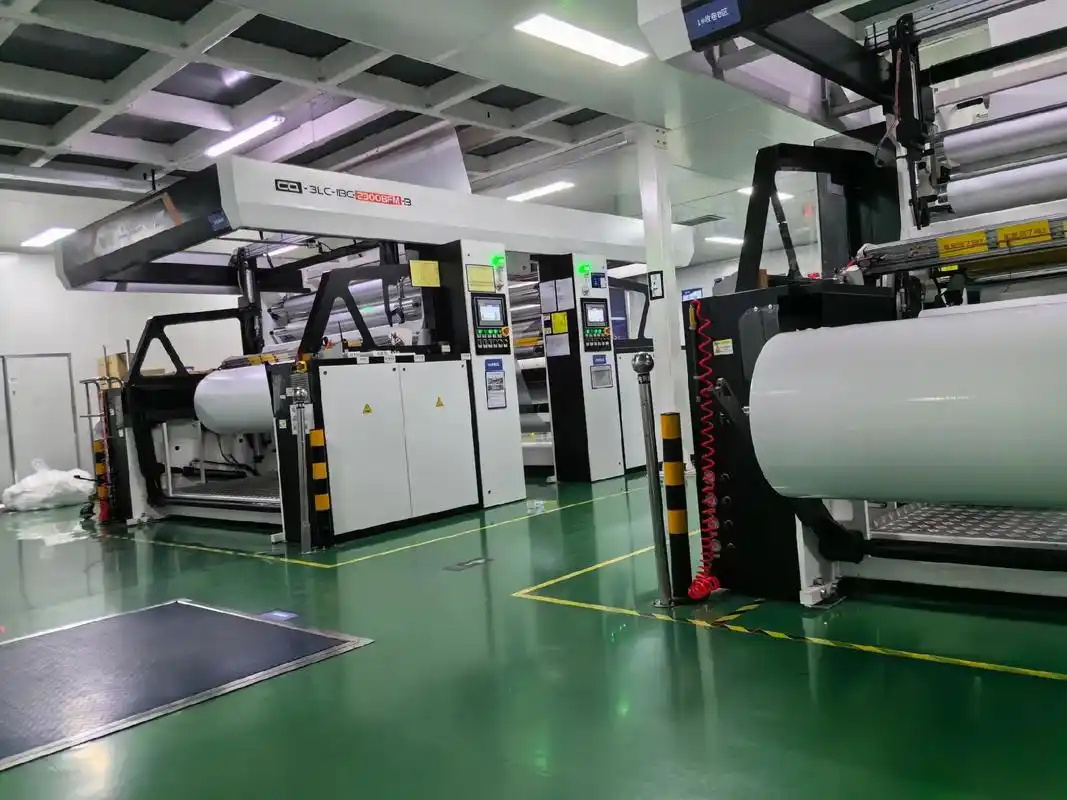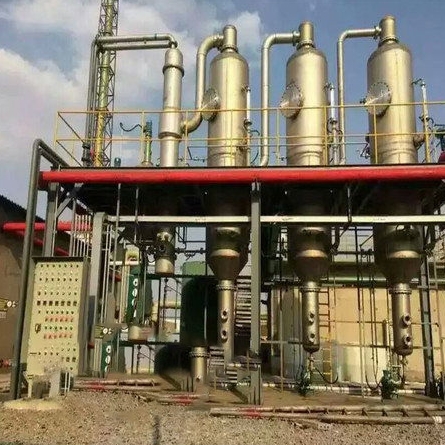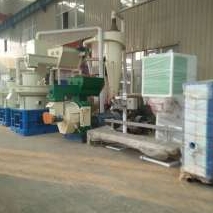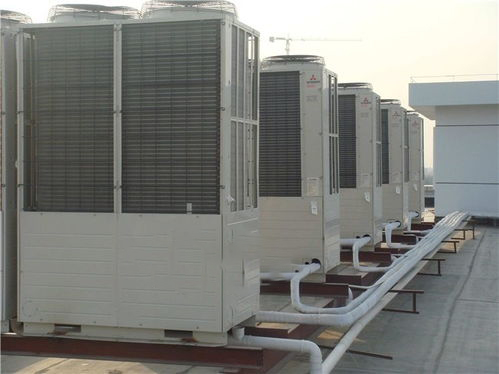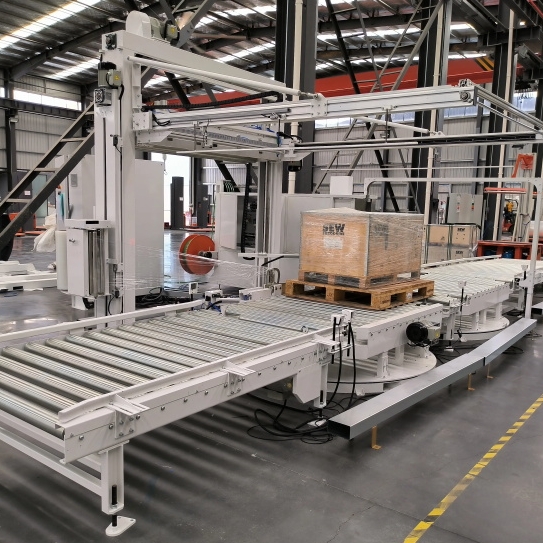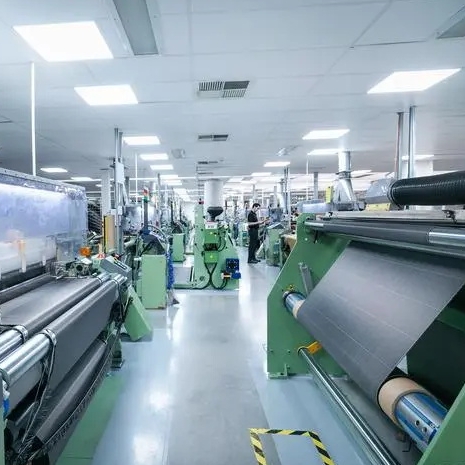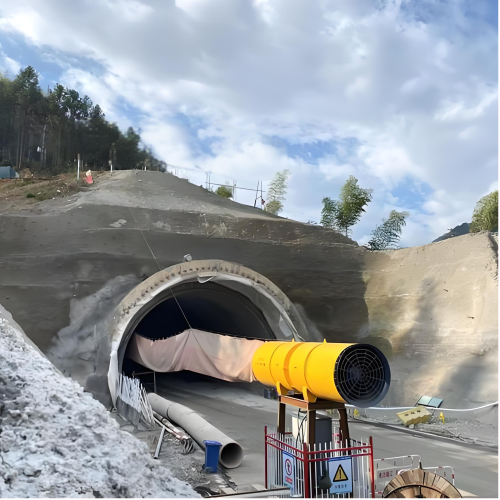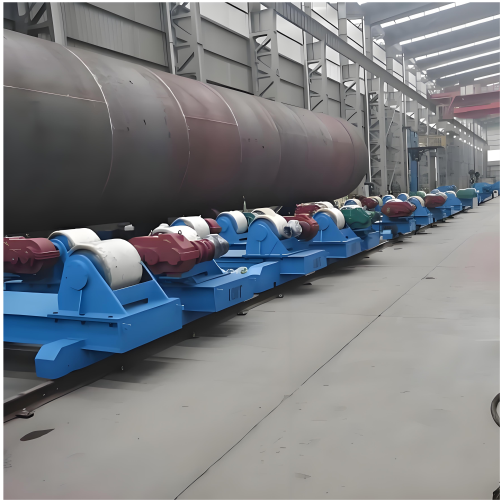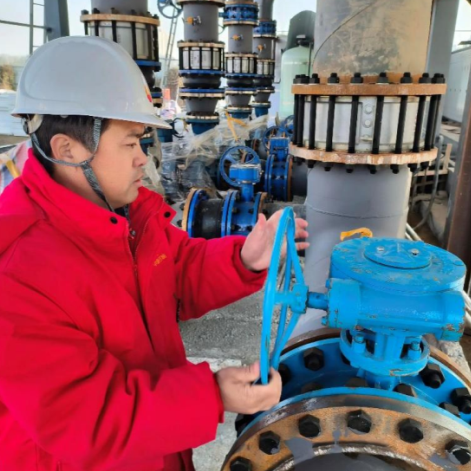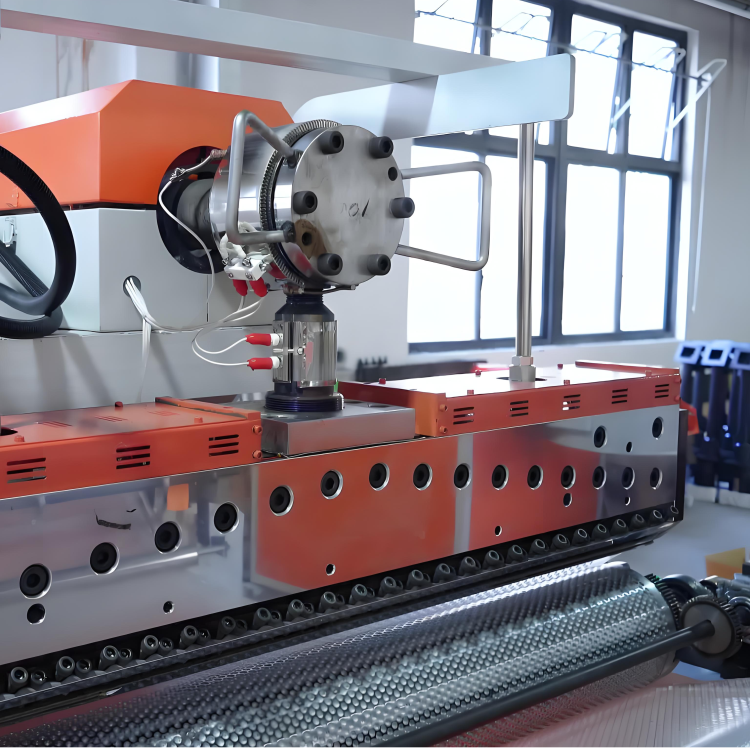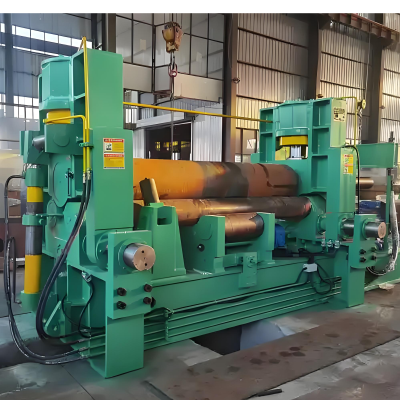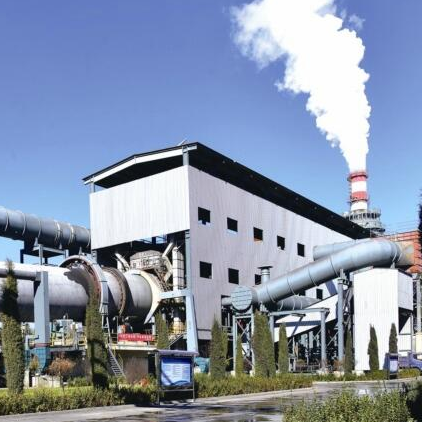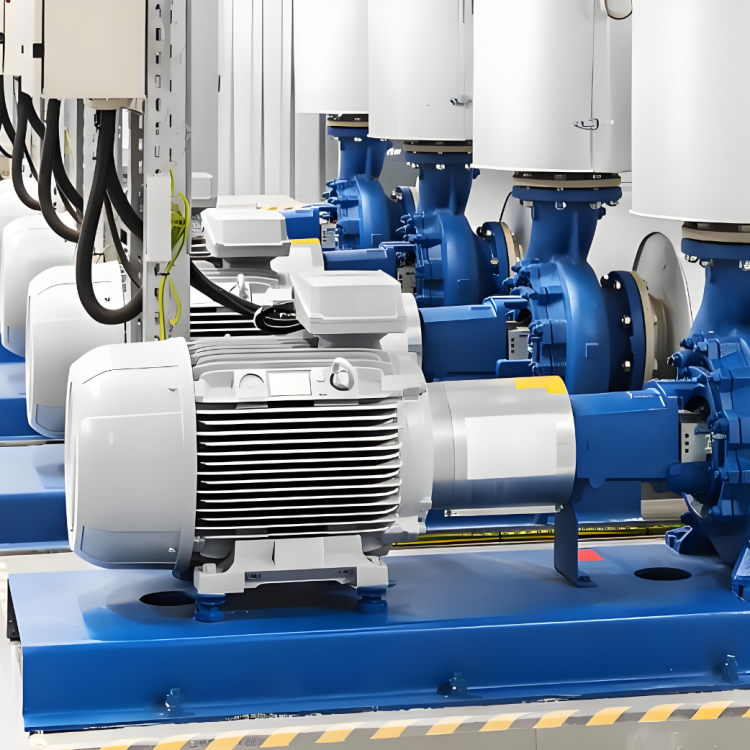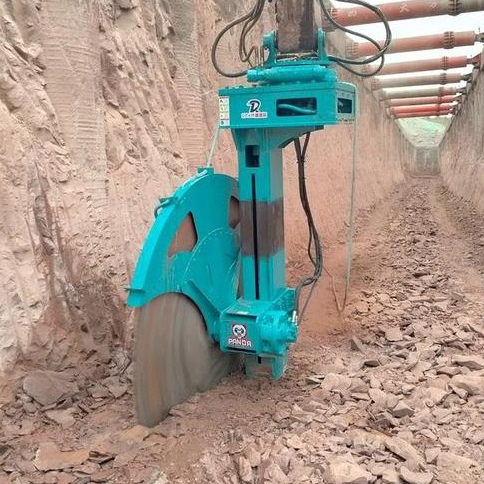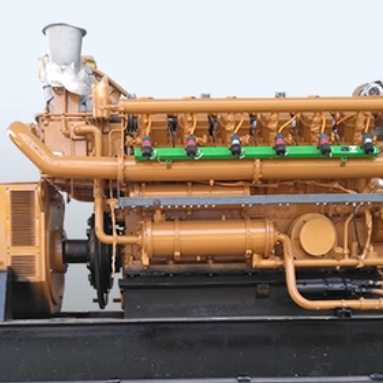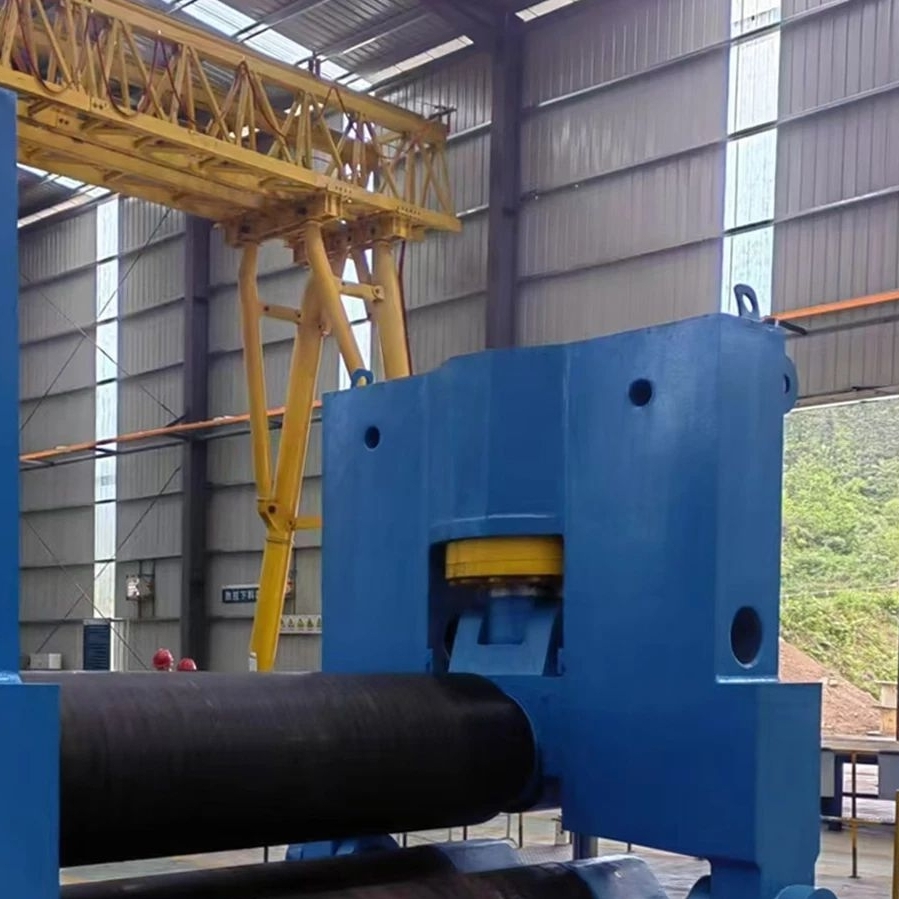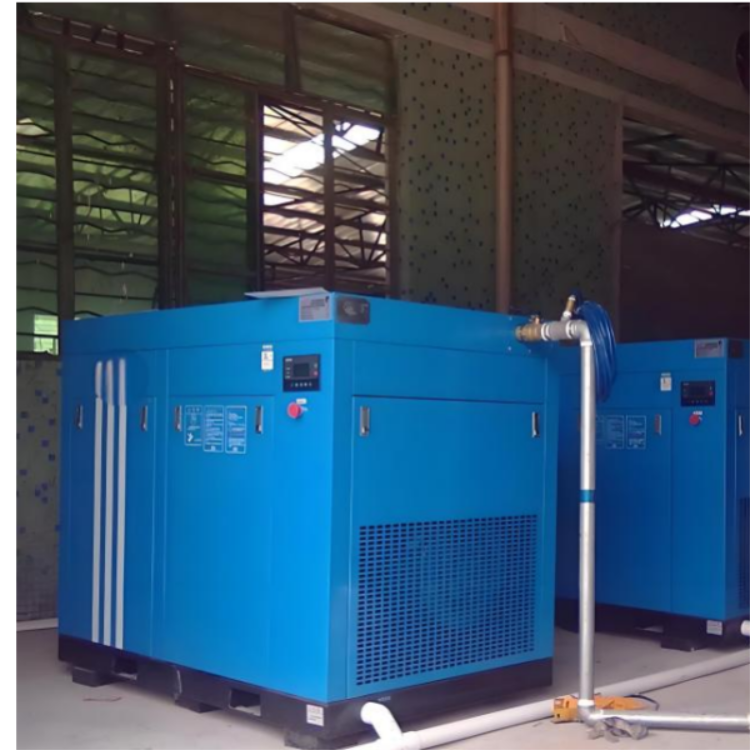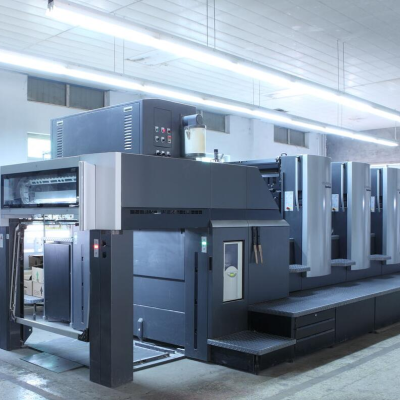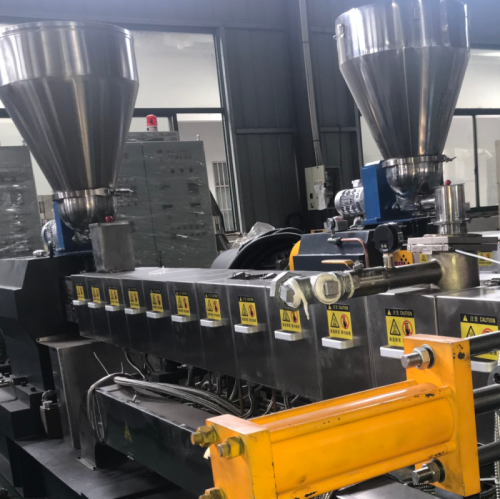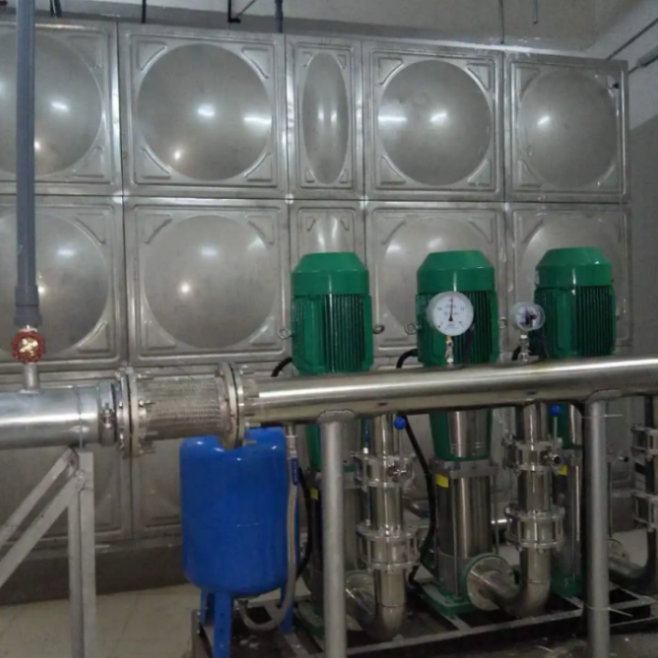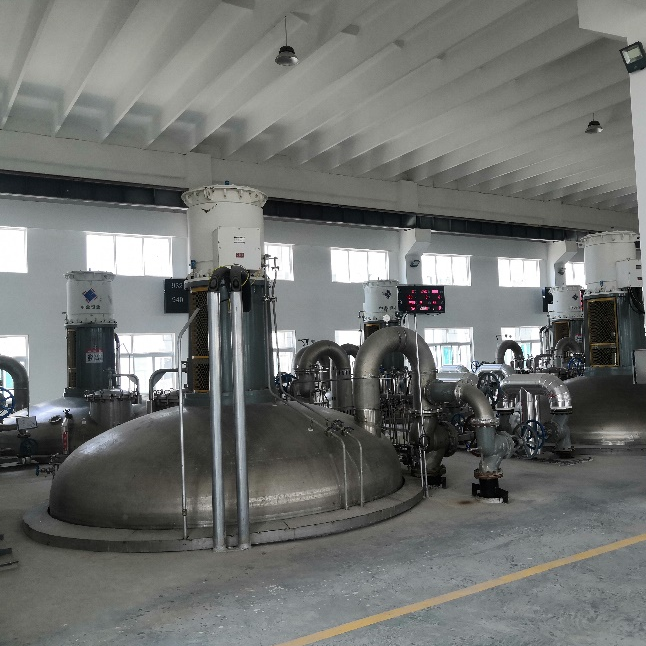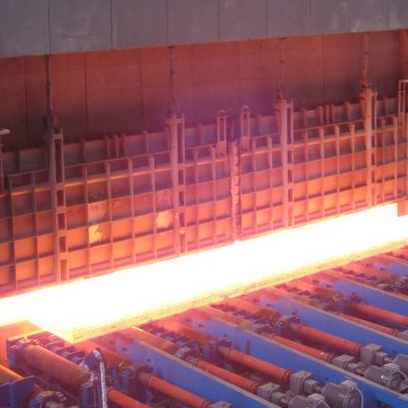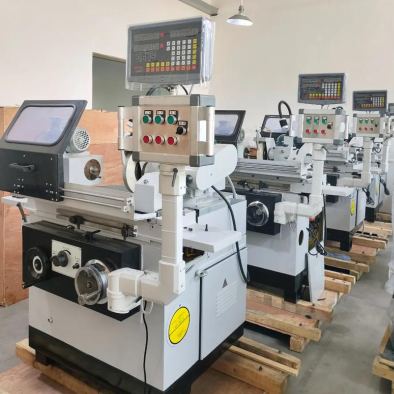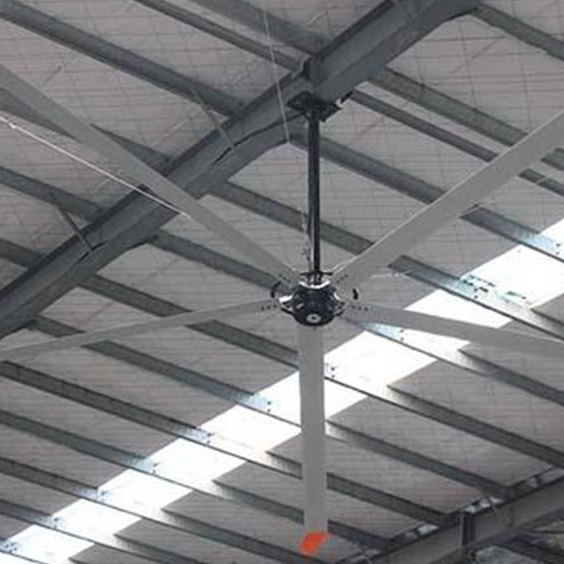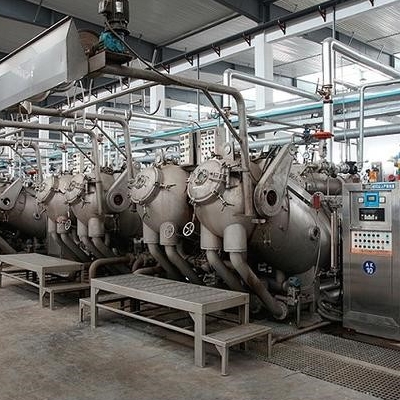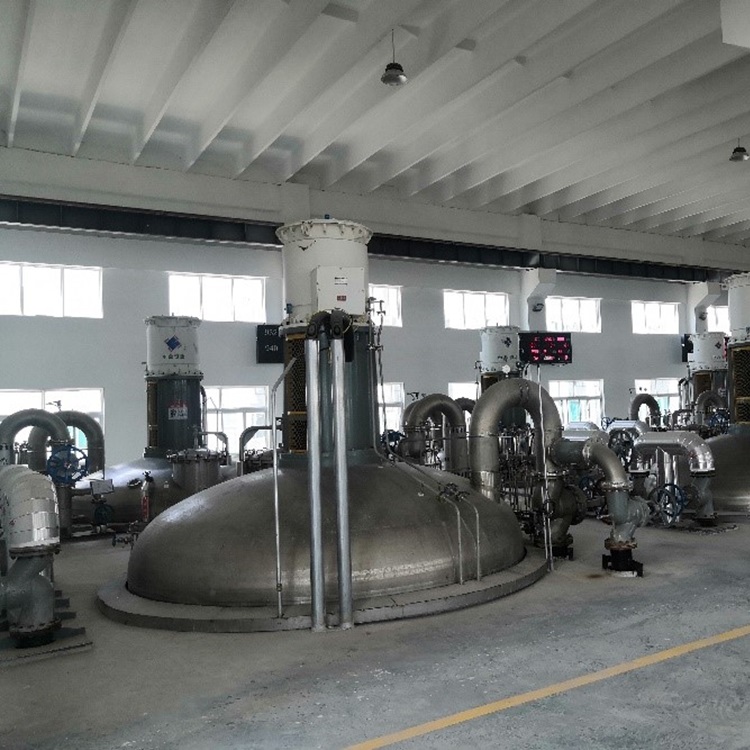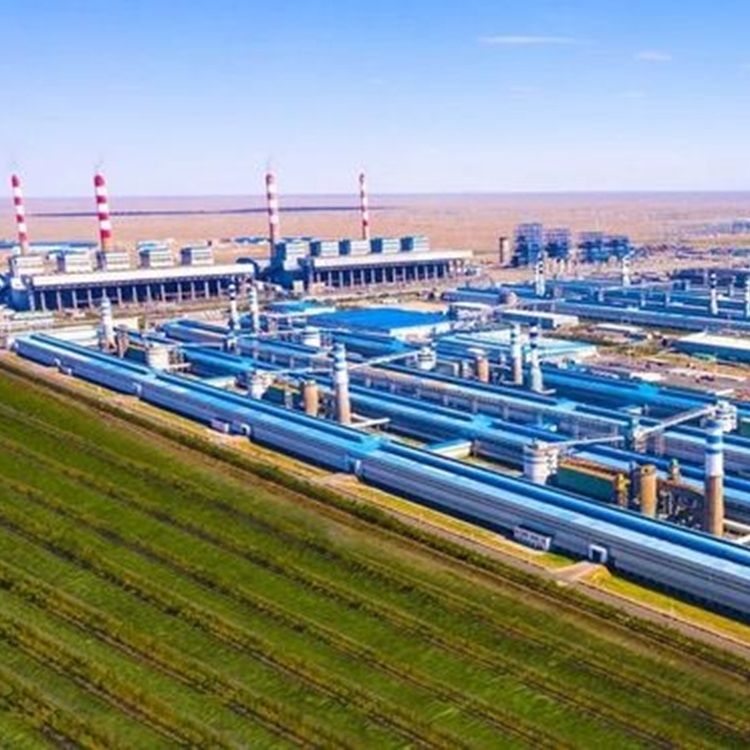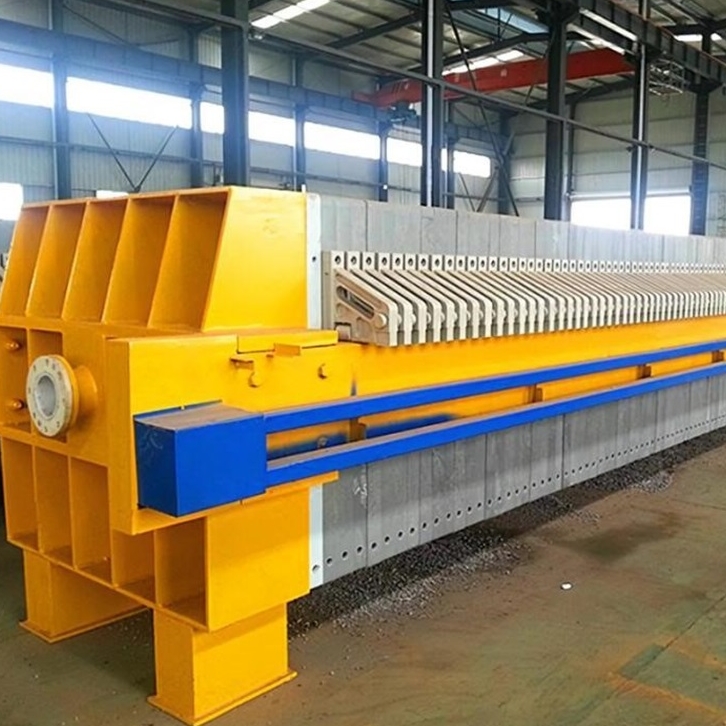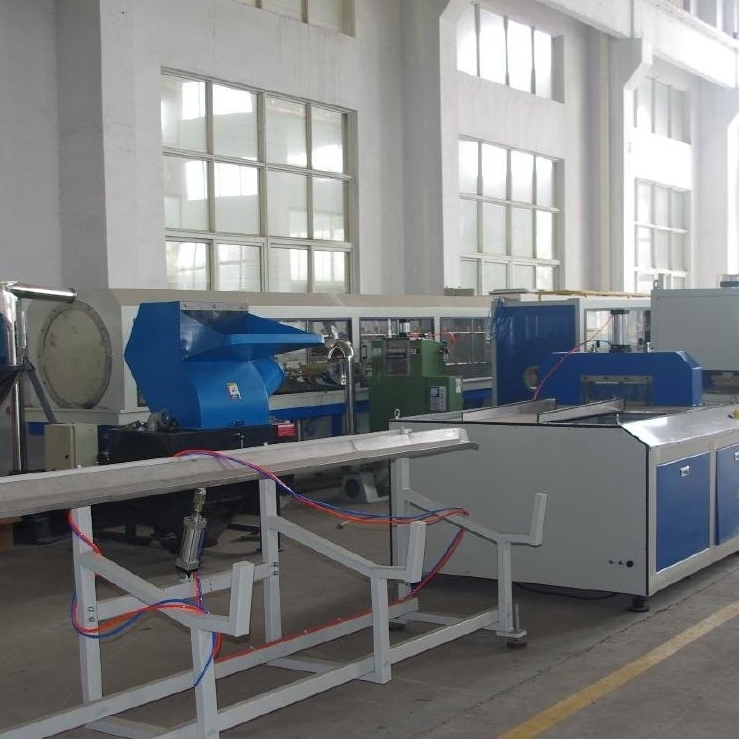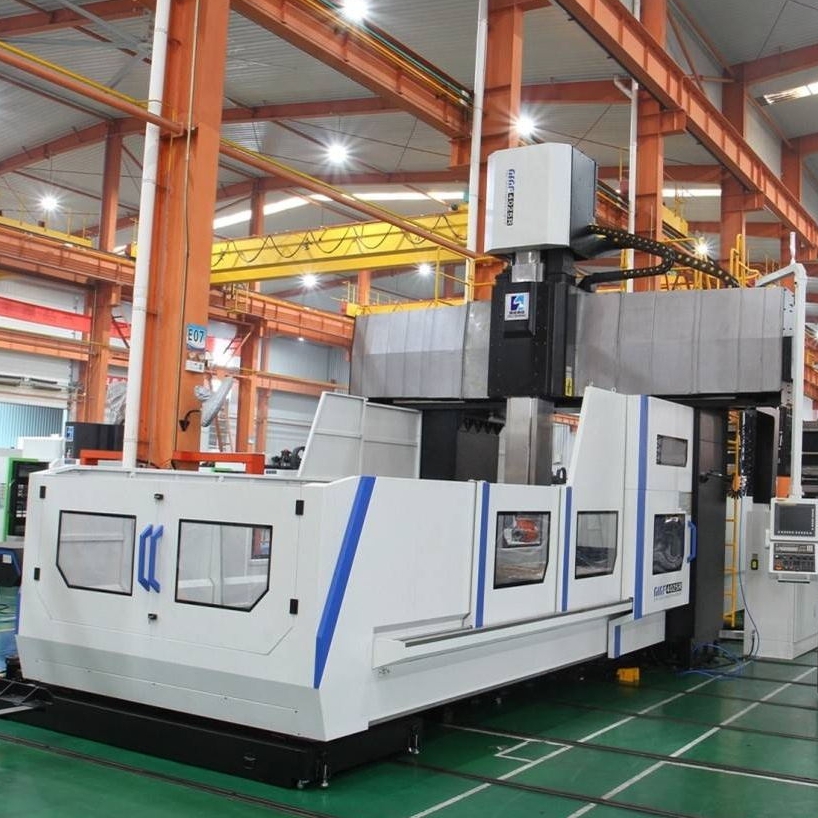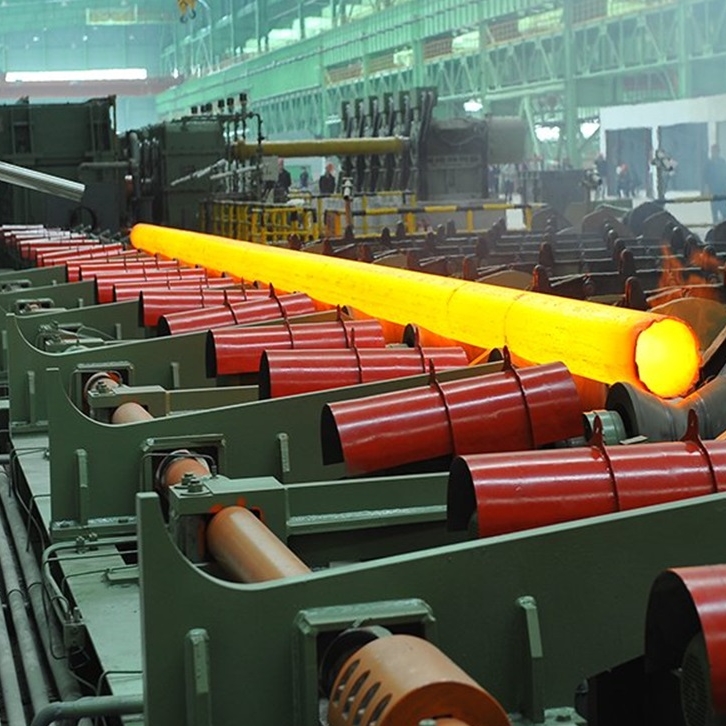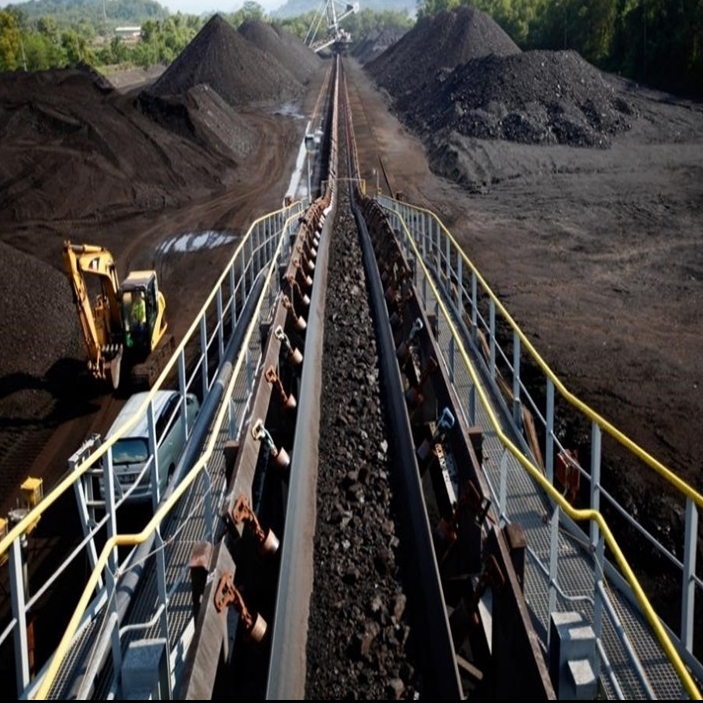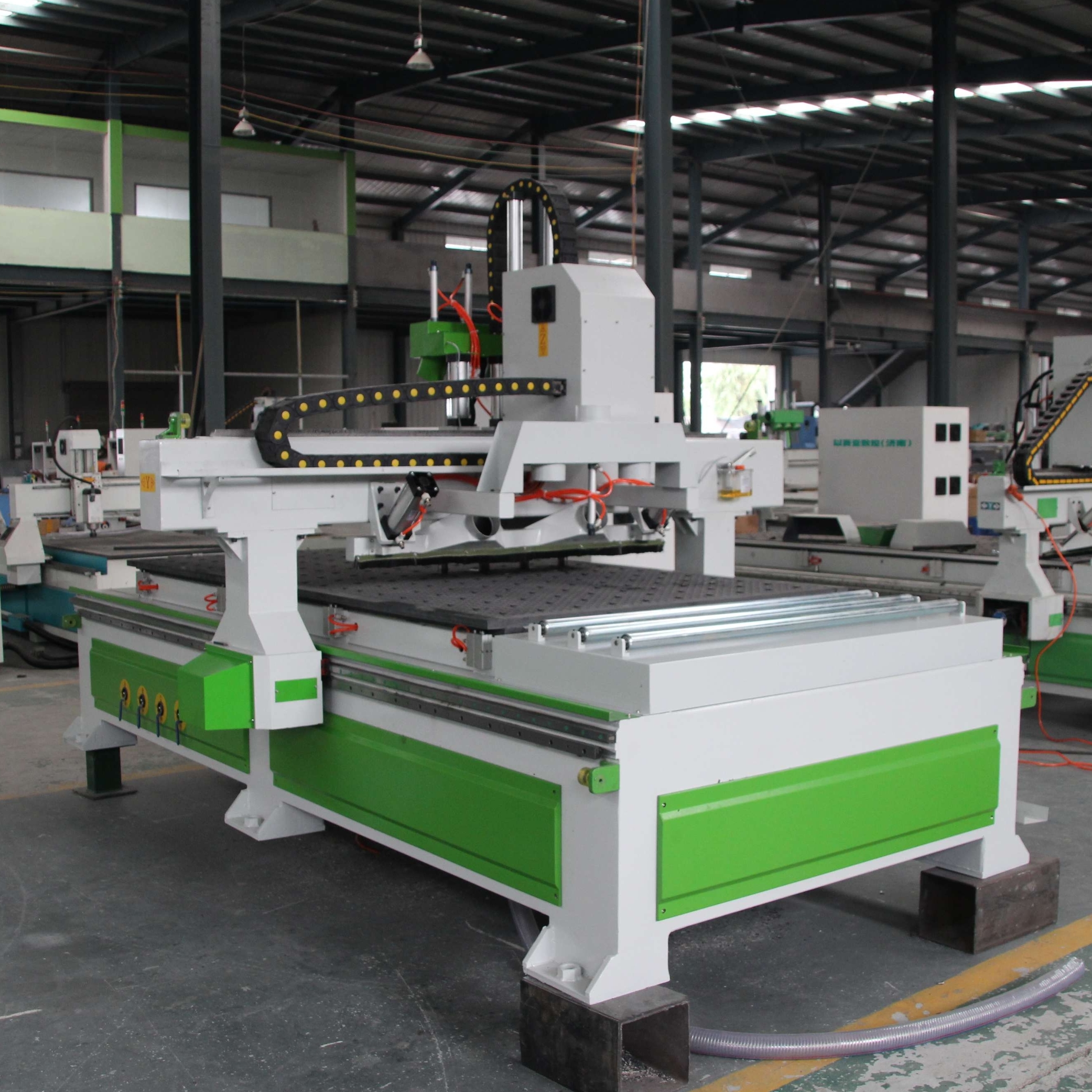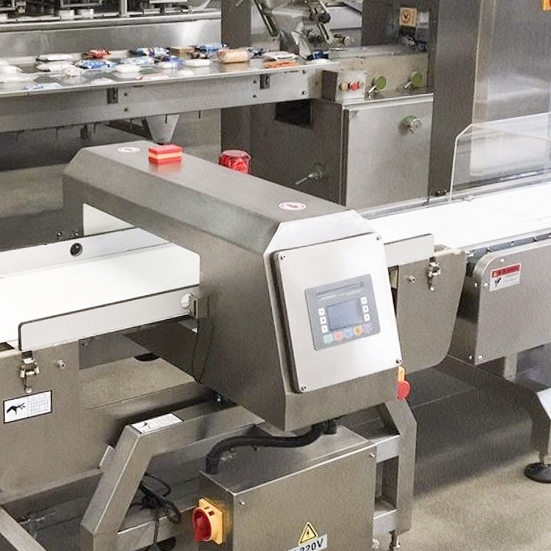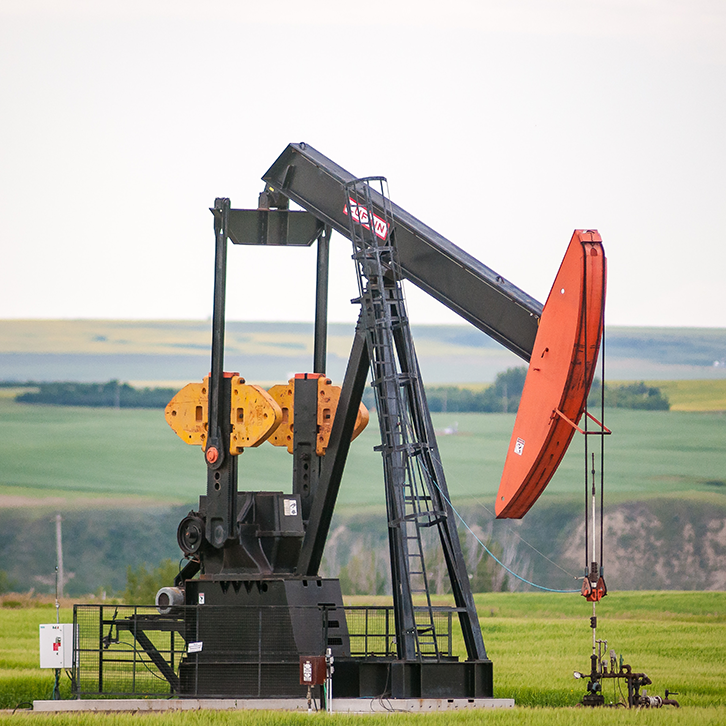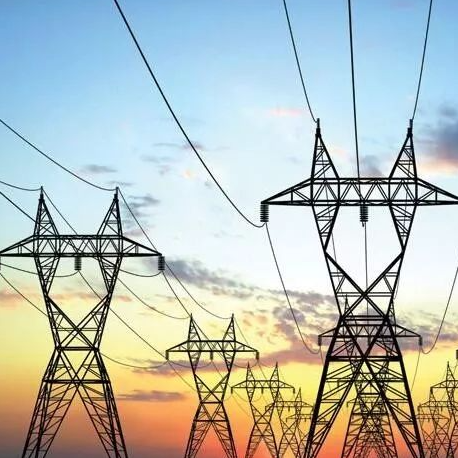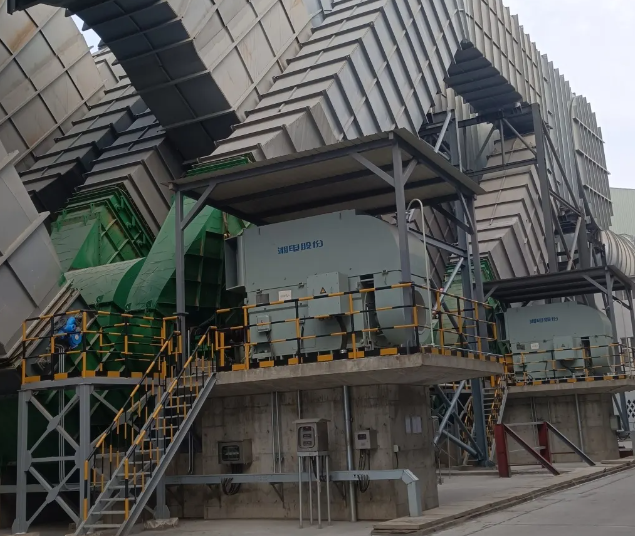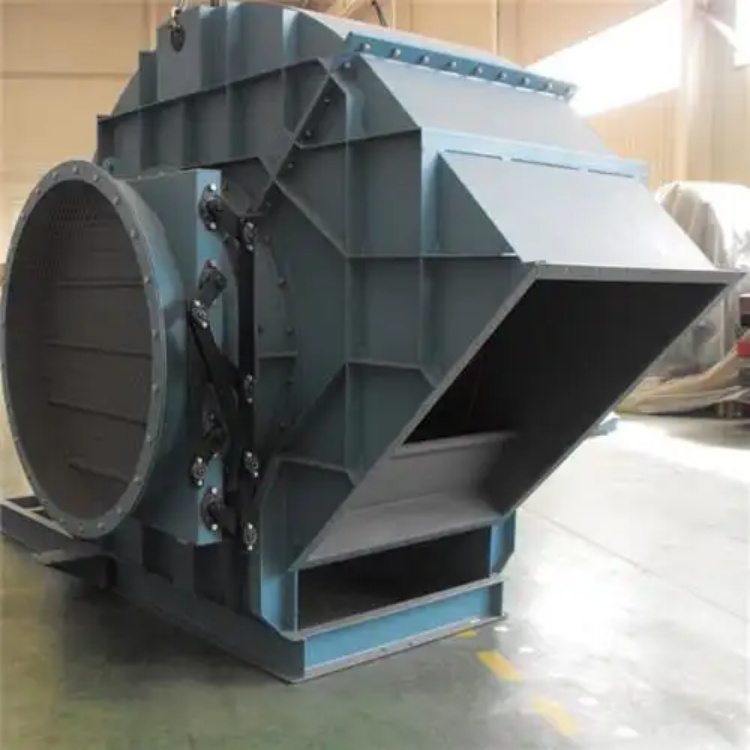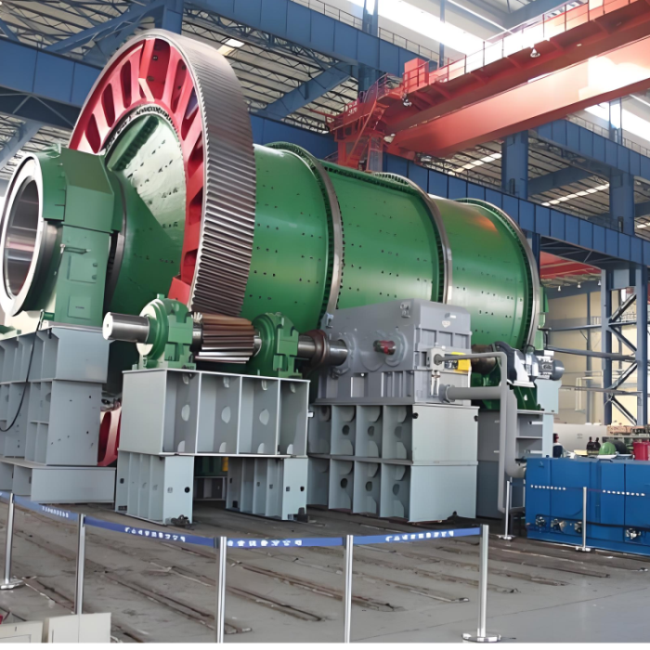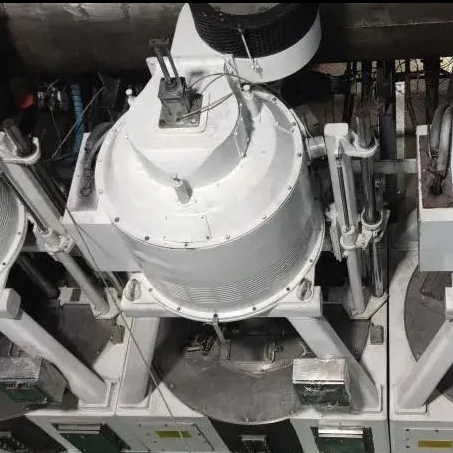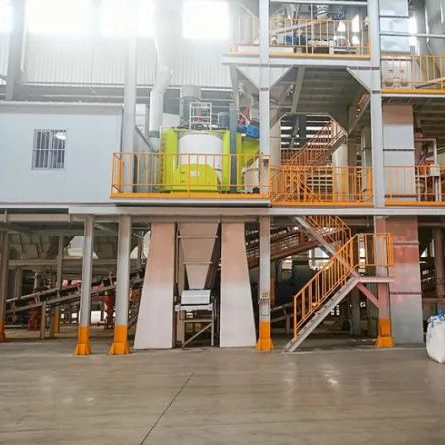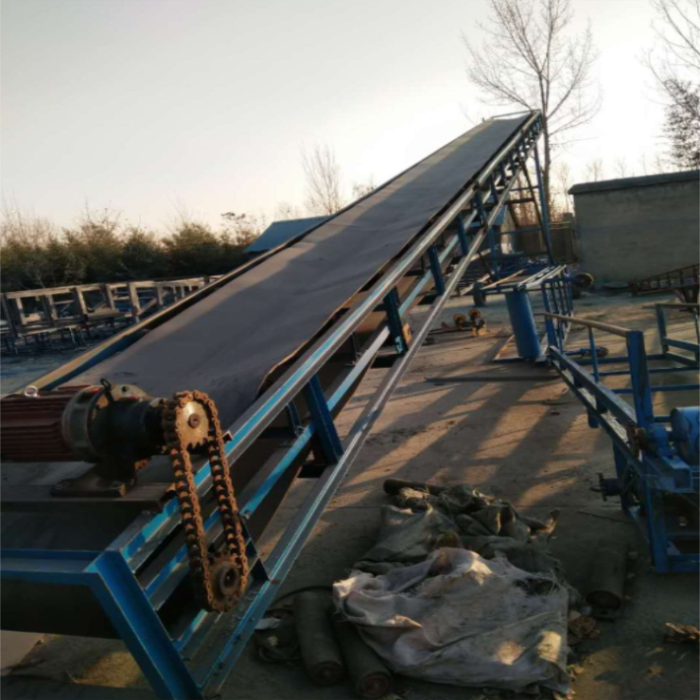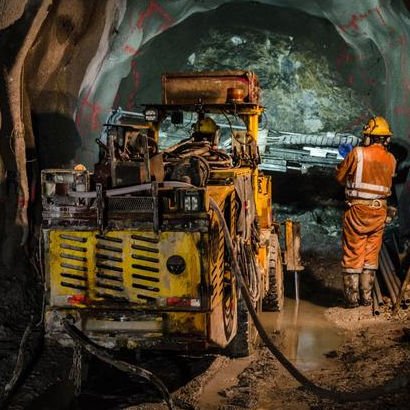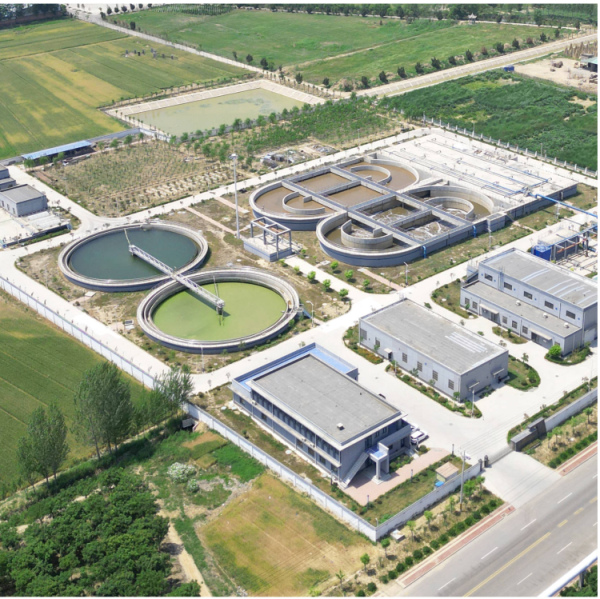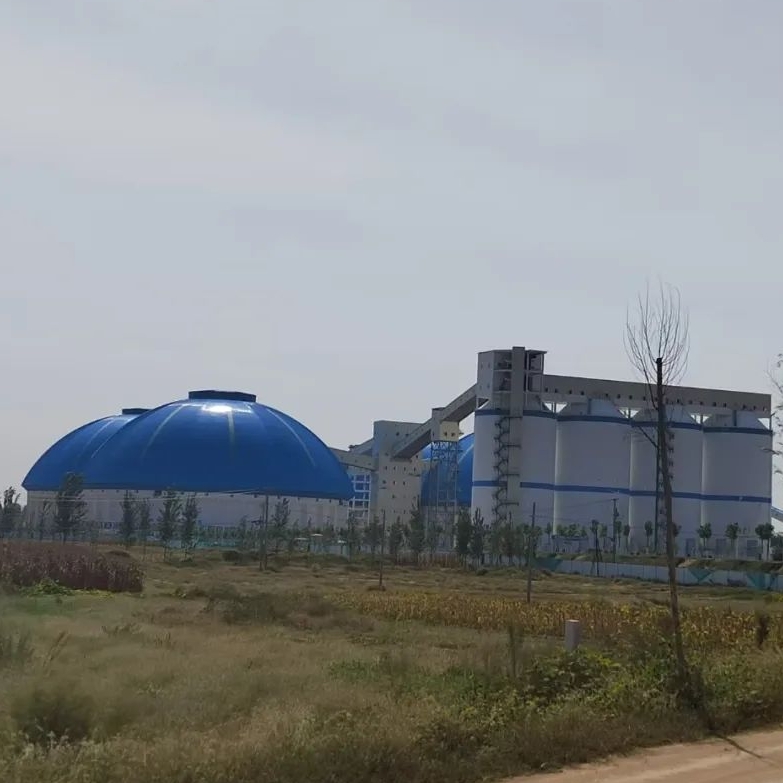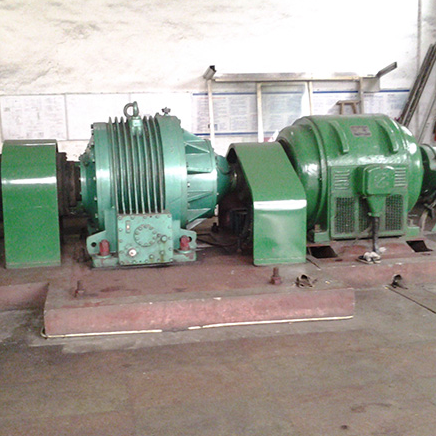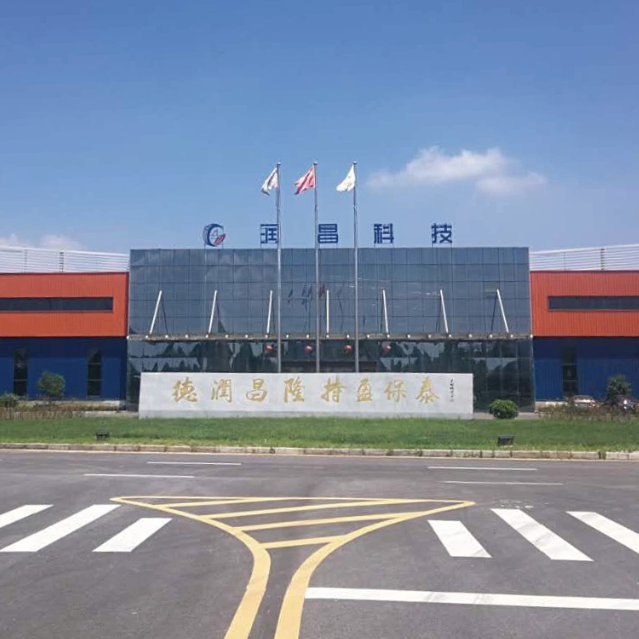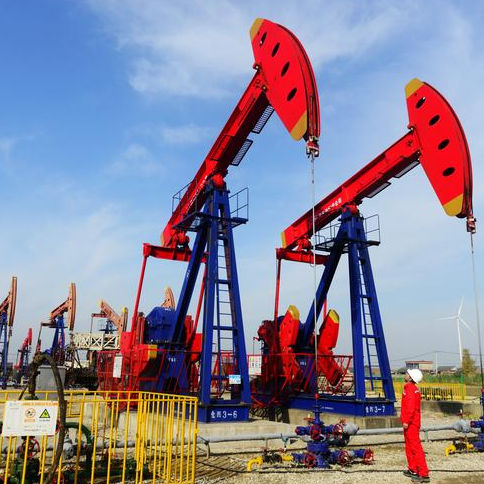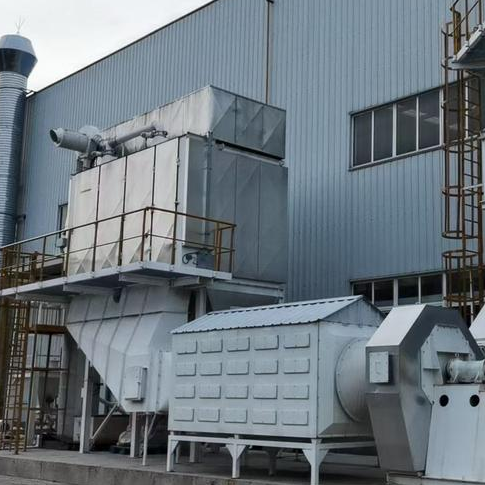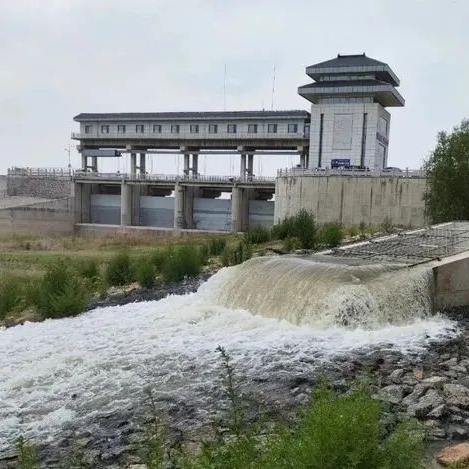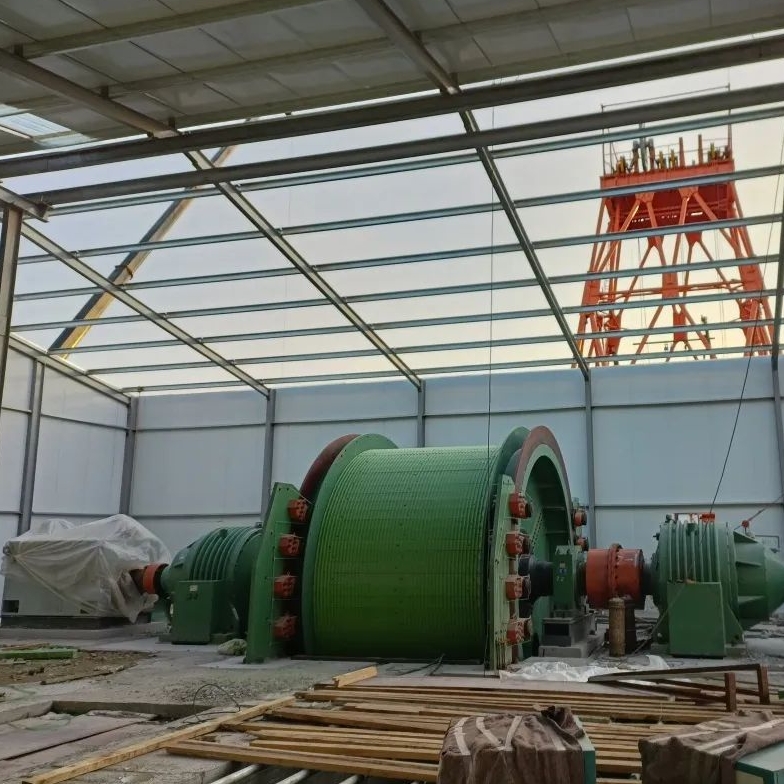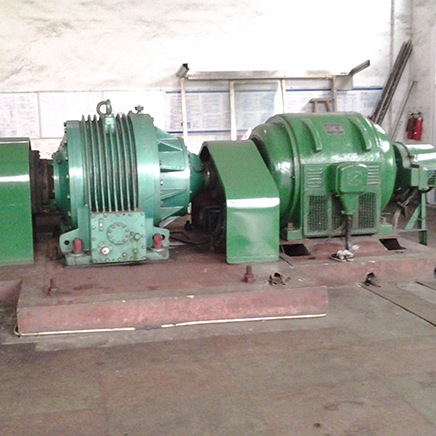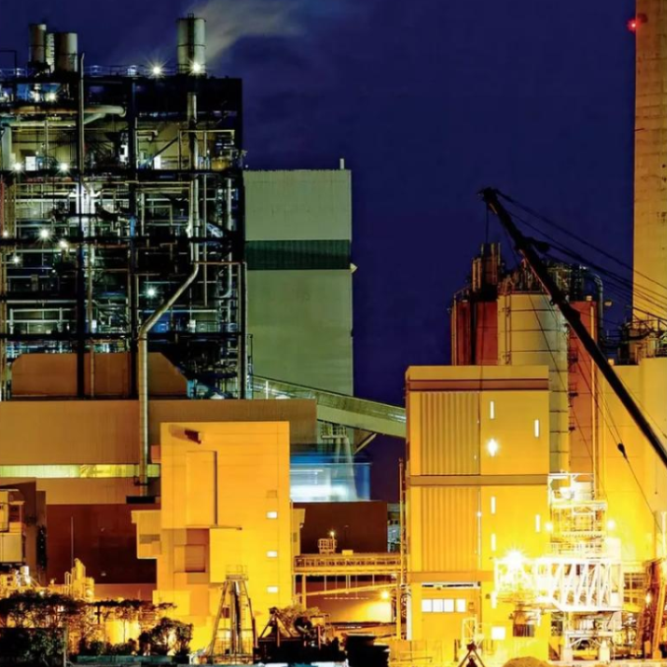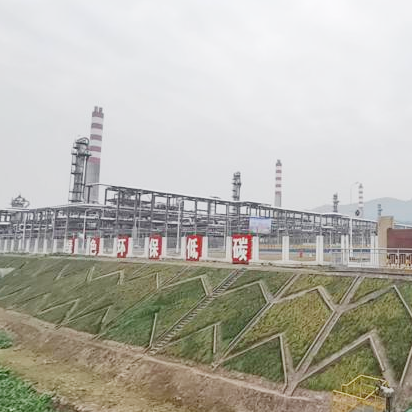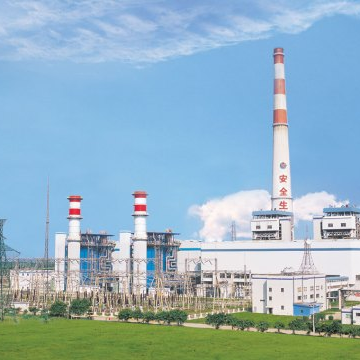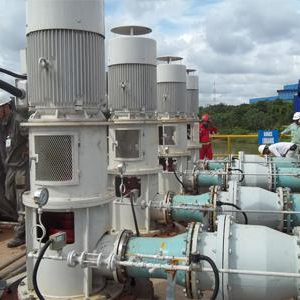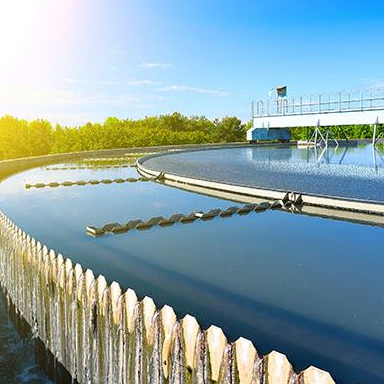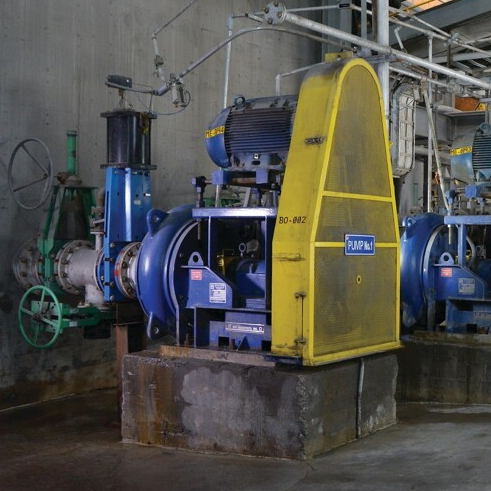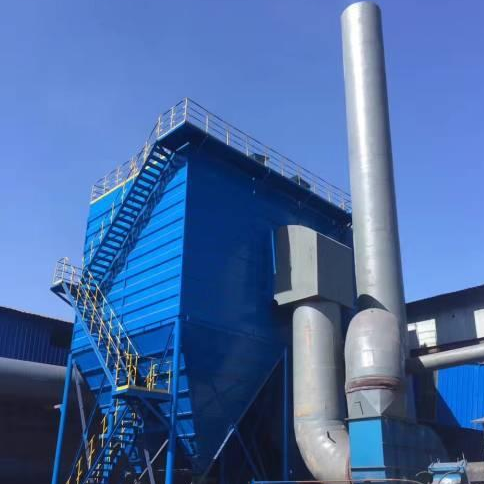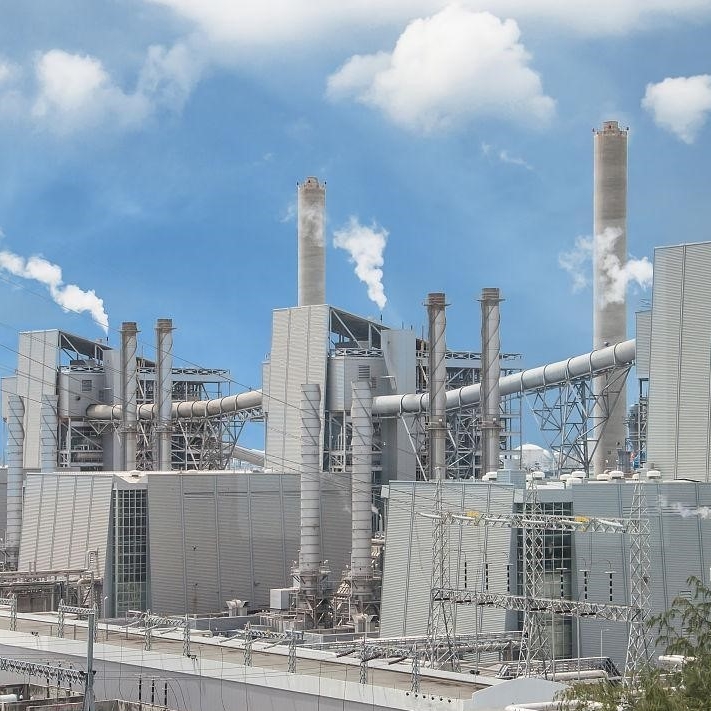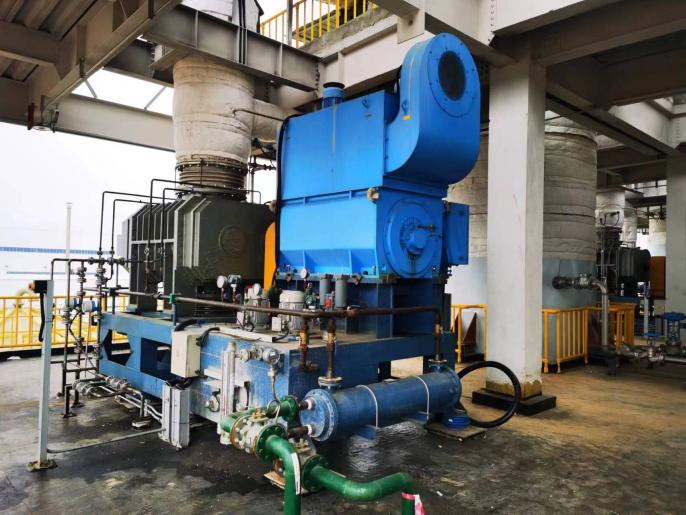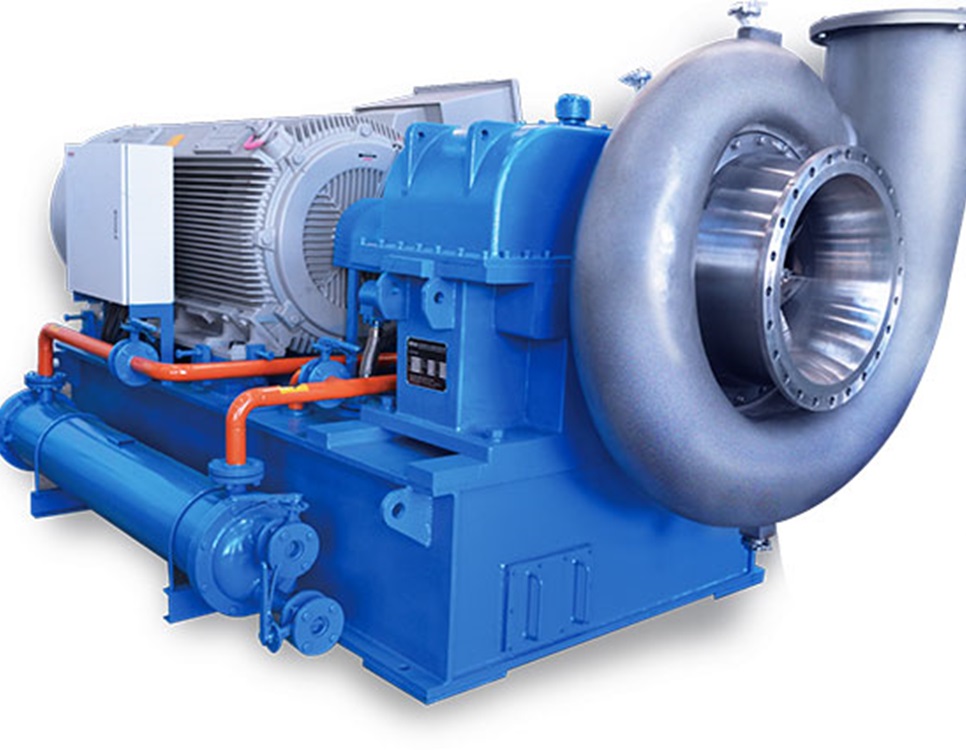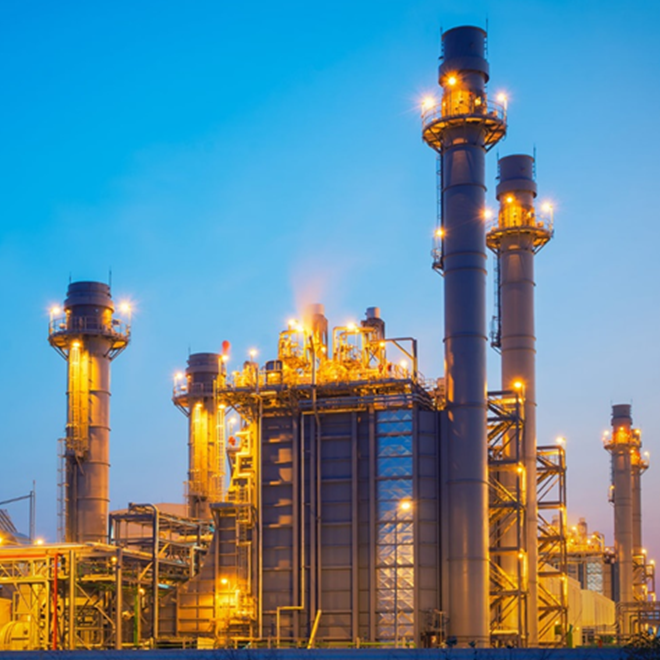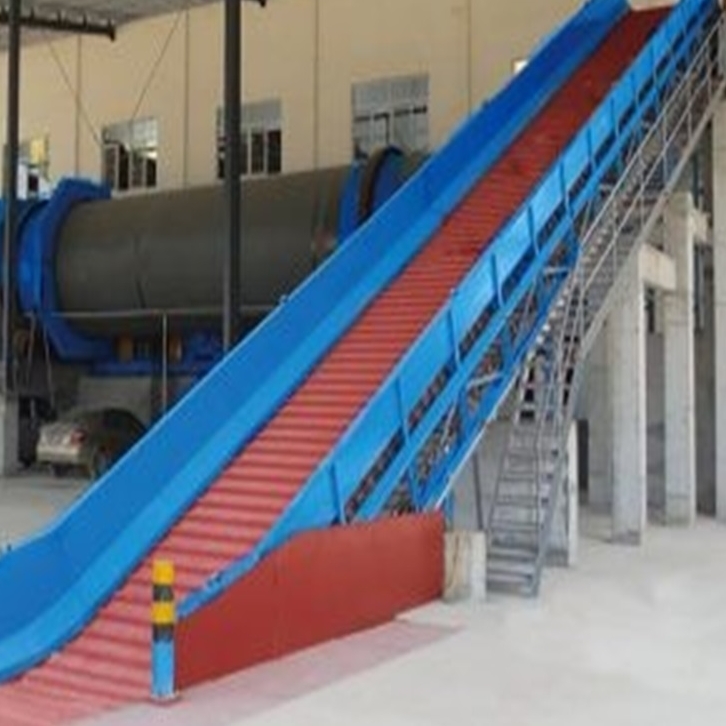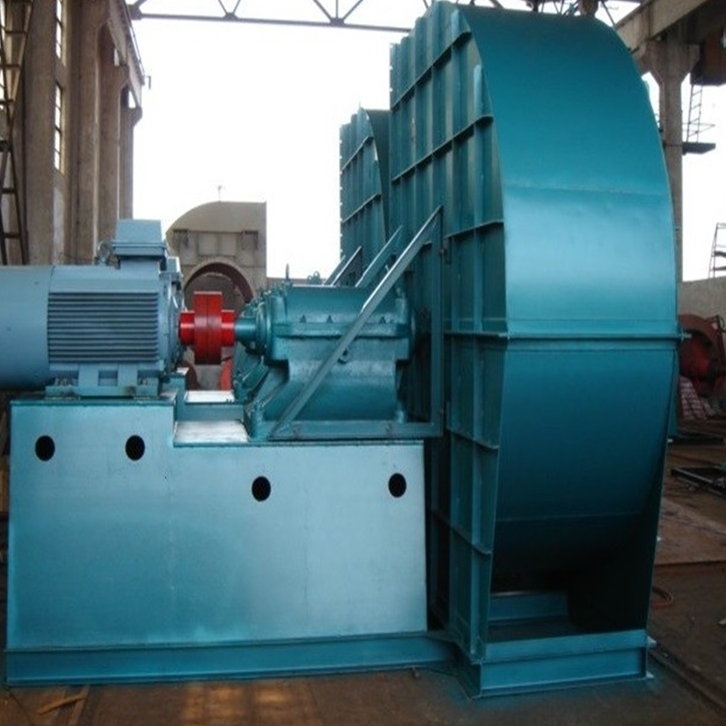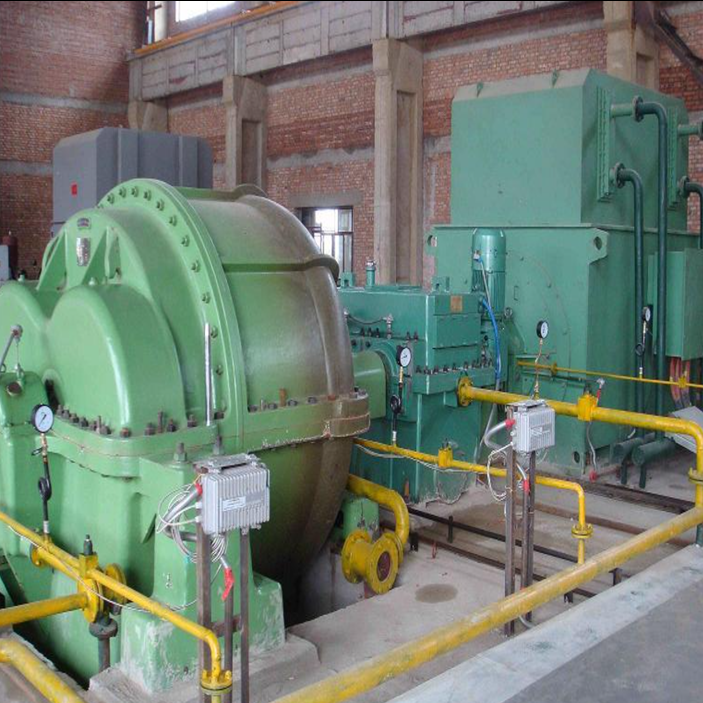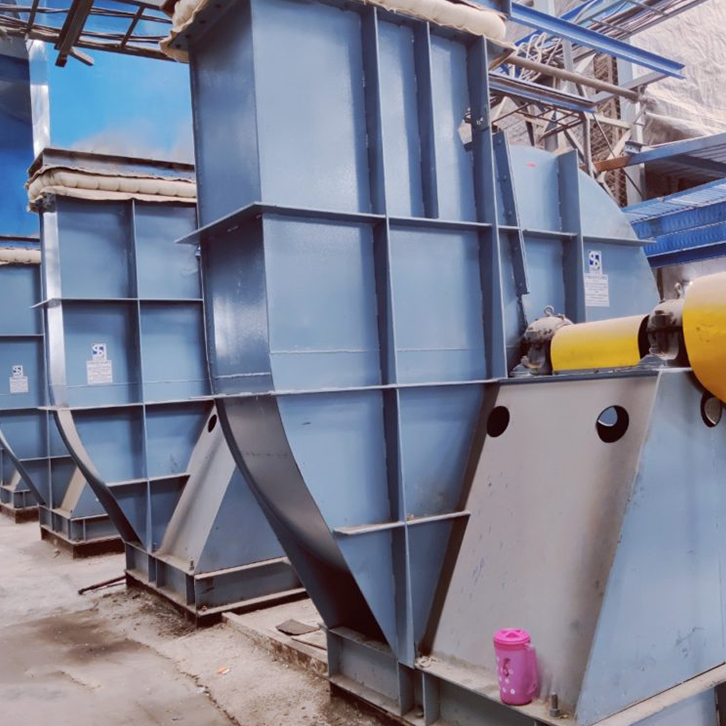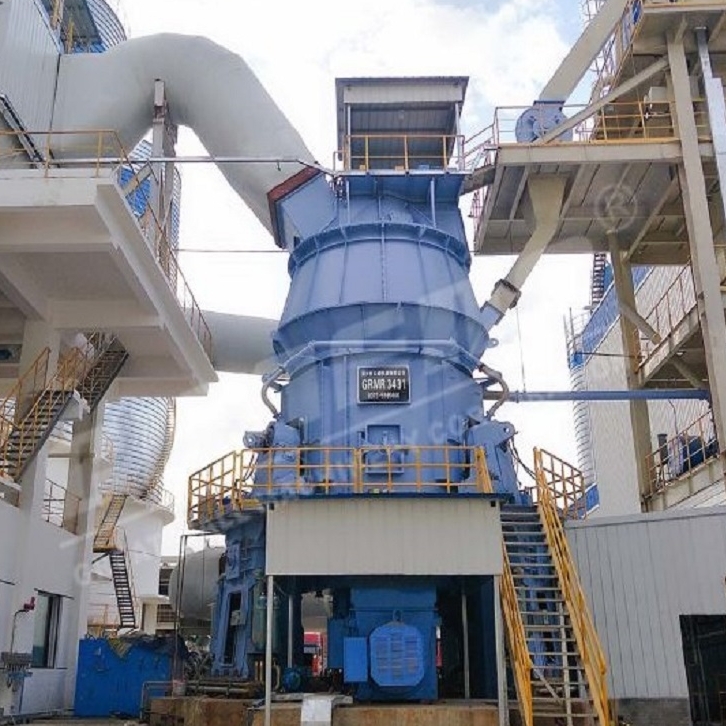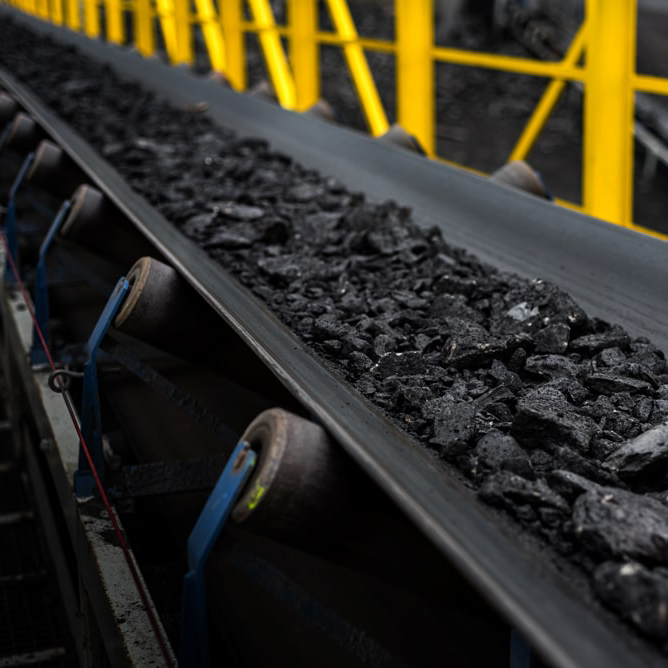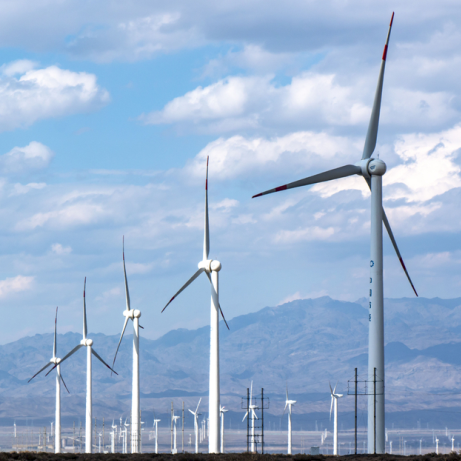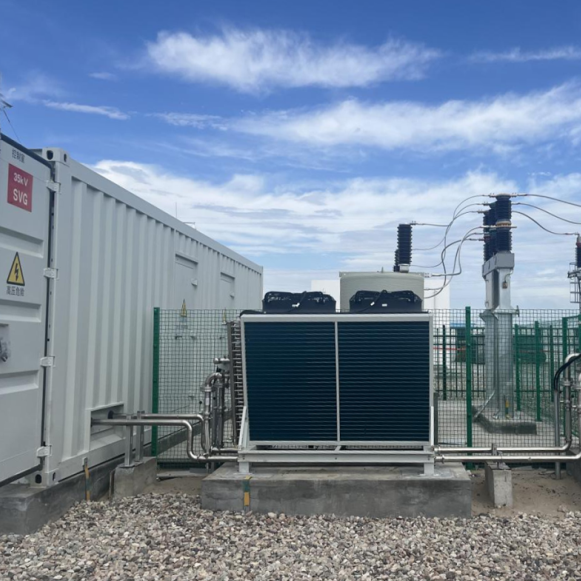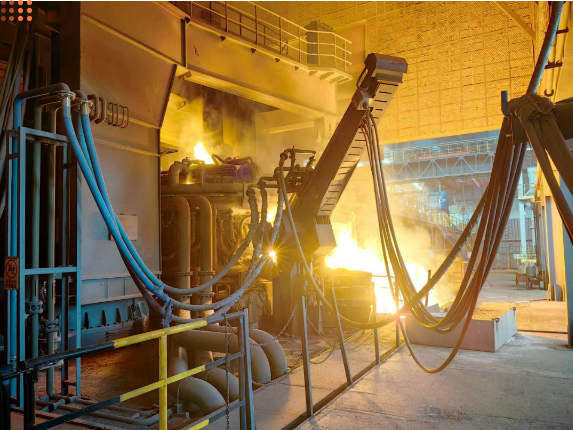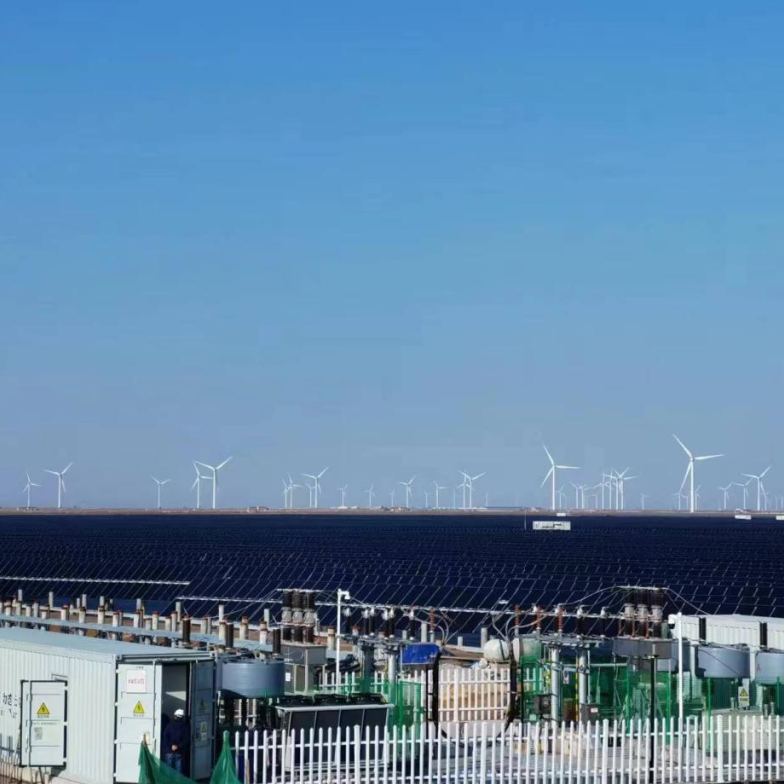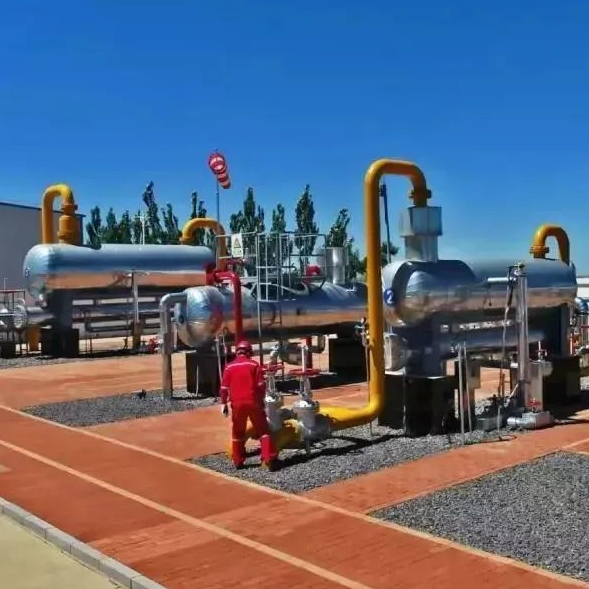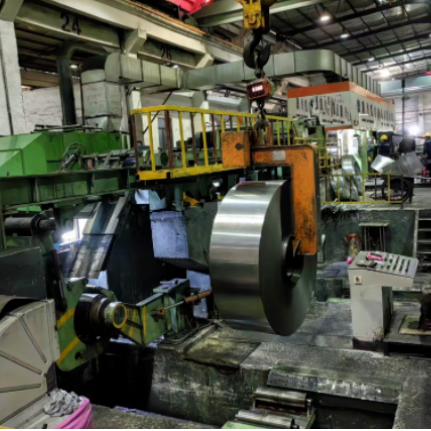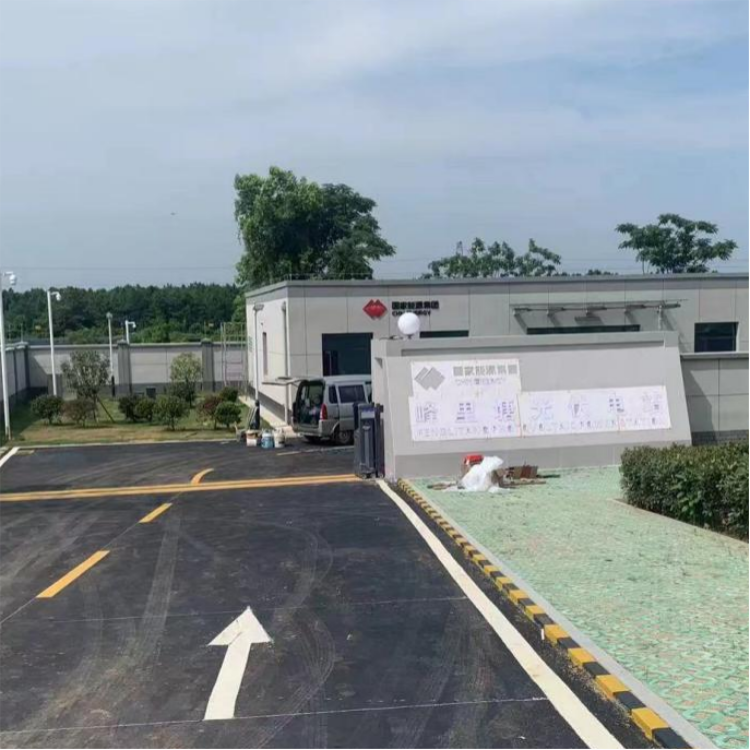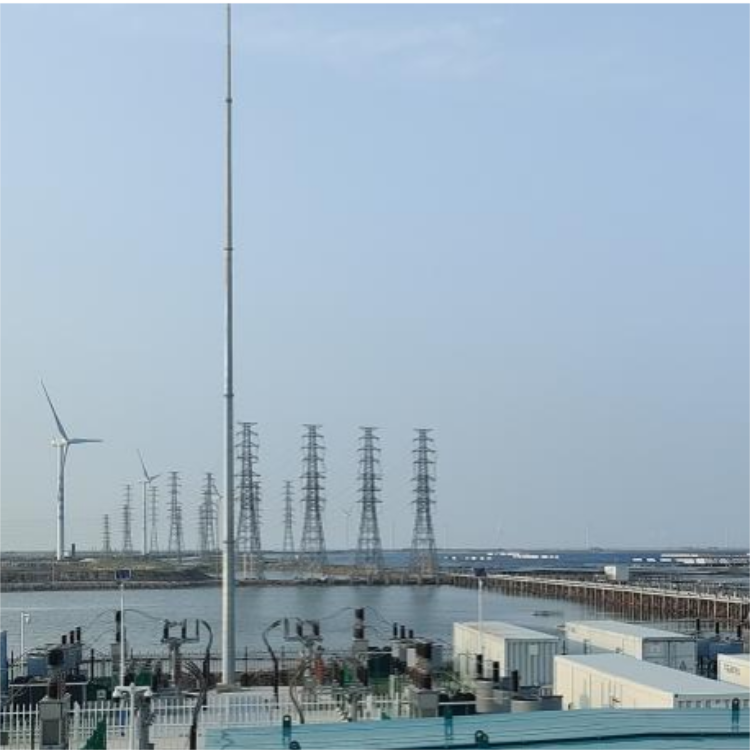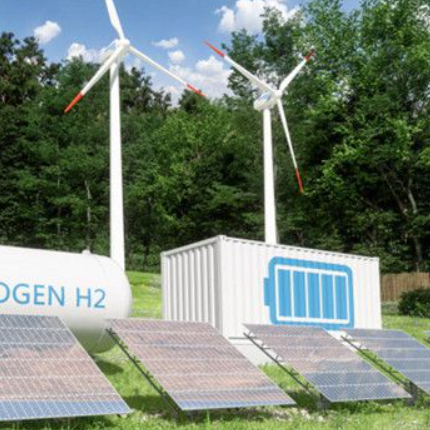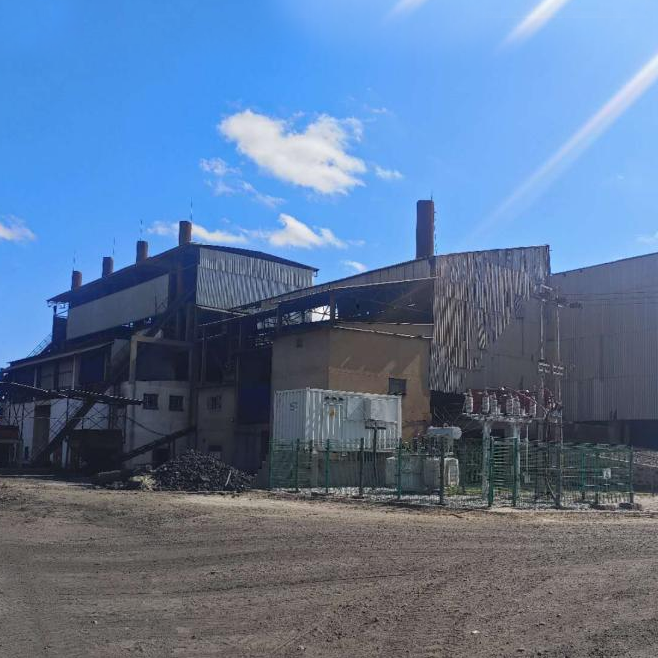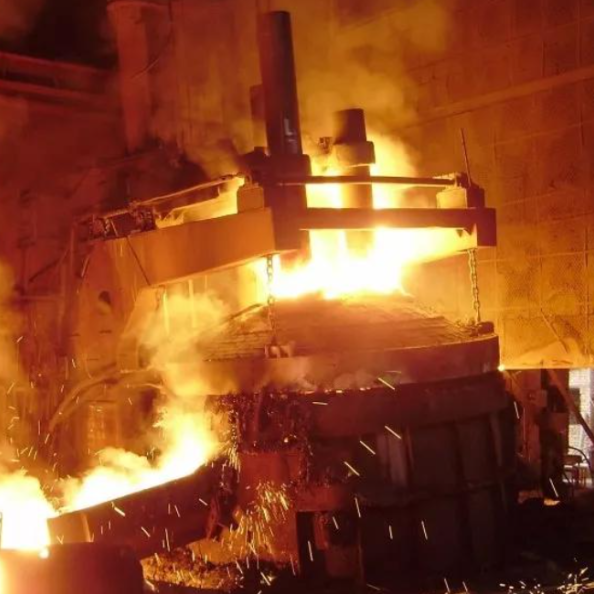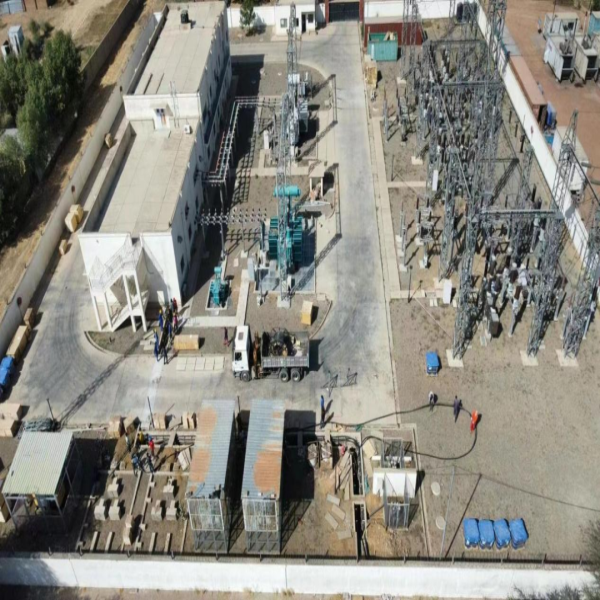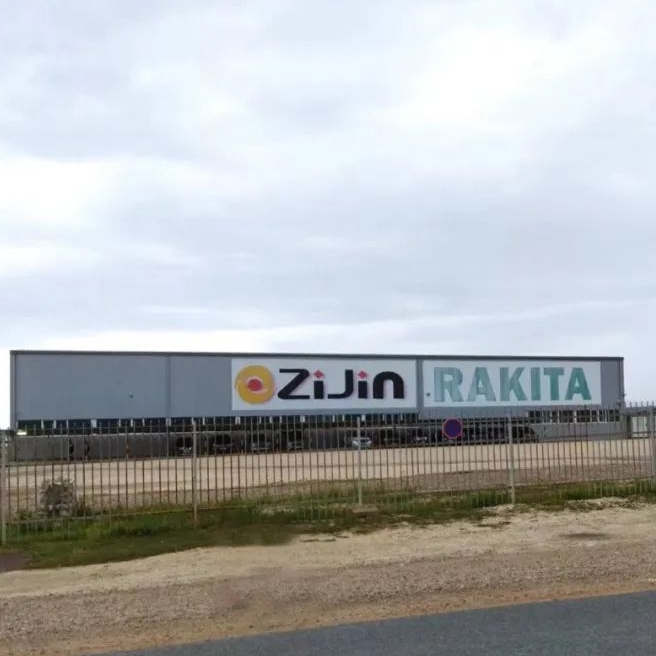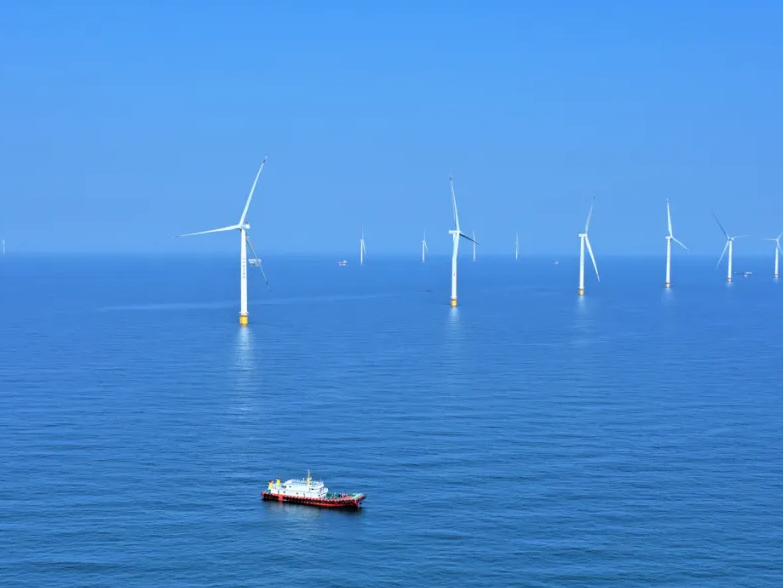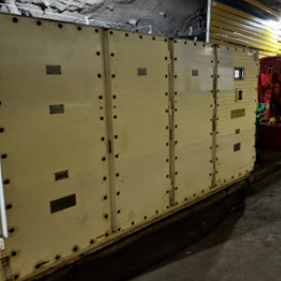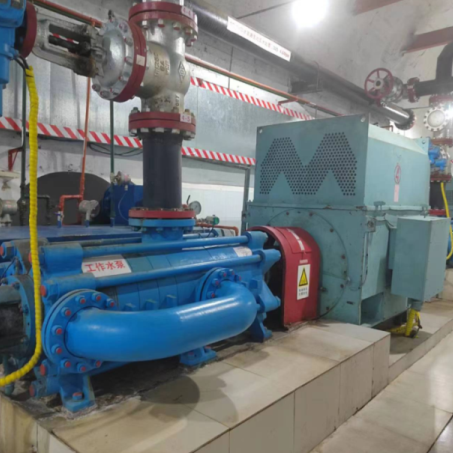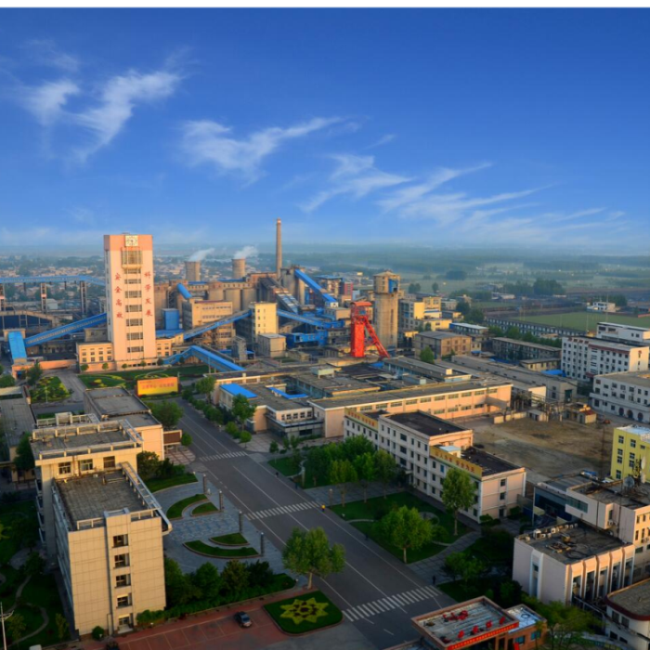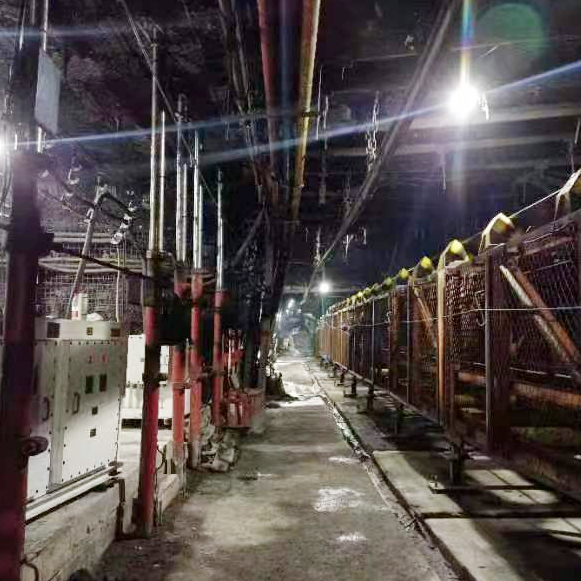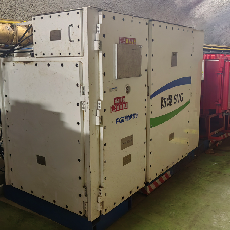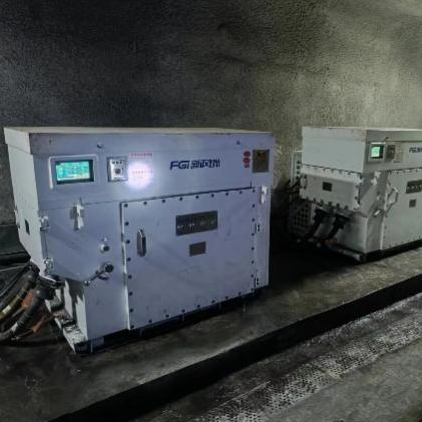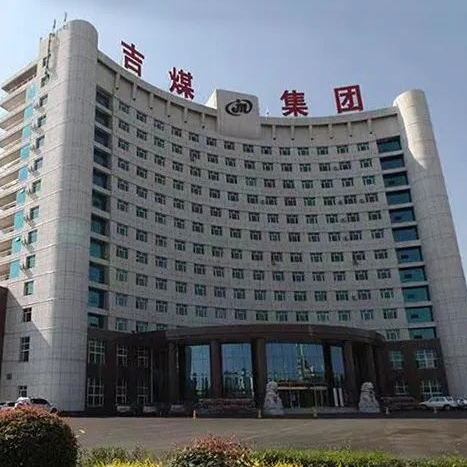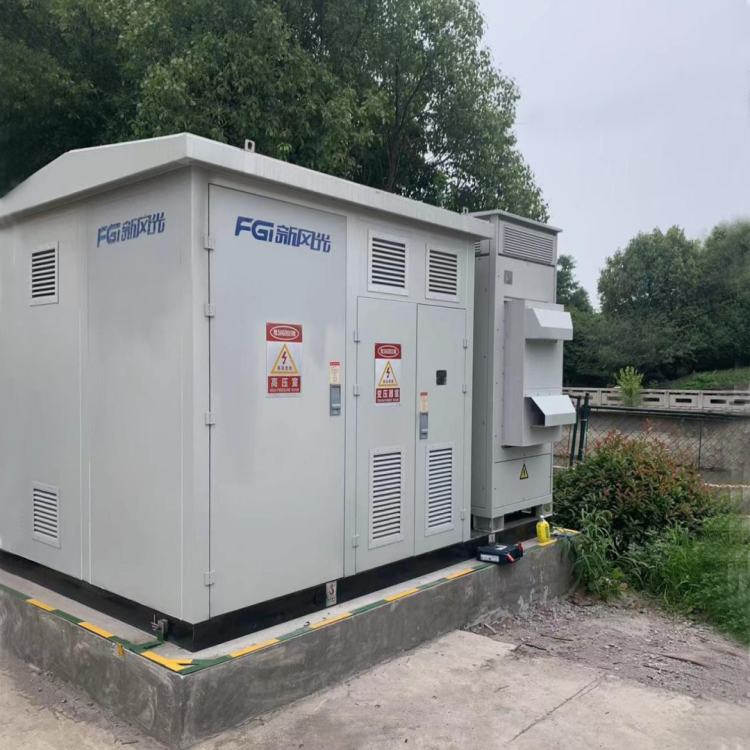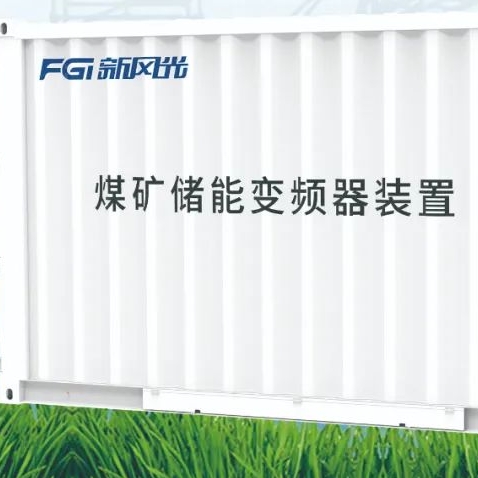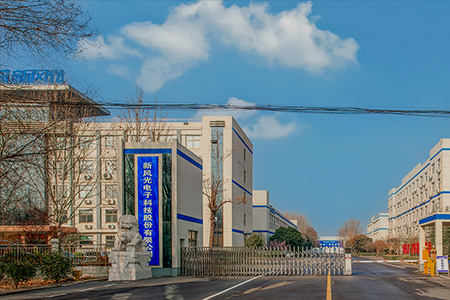1.Overview
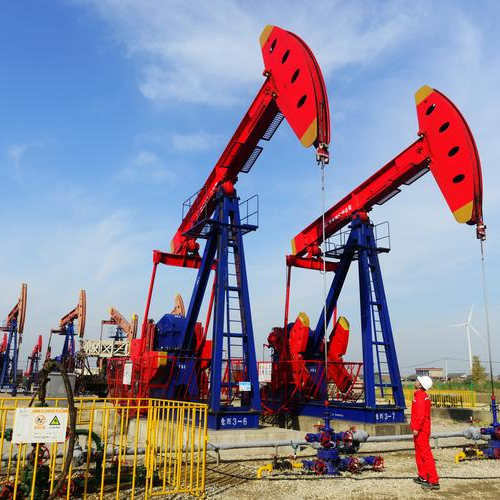
Water injection is a powerful measure to maintain efficient and stable production in the middle term. The method is to restore or even increase the formation pressure by using water injection, so that the formation fluid pressure is greater than the static liquid pressure in the wellbore, so as to achieve the purpose of the oil and gas production. Because oilfield each block water injection often adjust with the change of mining conditions, oilfield water injection generally used plunger pump, mainly by adjusting the pump return, in the traditional way, in order to meet the demand, most of the injection station rated flow and the actual flow mismatch (general rated flow is greater than the actual flow), and the rated speed of the injection pump motor basically remains unchanged, make the plunger, valve core, filler, combination valve accessories for a long time, various parts wear and damage frequency is very high, the overall operation process is complex, high labor intensity, bring inconvenience to production.
In addition, most of the injection pump motors used in the oil field are high-power motors, which are running in a high energy consumption state for a long time. It is a very effective energy saving measure to adjust the variable speed of the oil field injection pump motor and realize the variable water control of the injection pump.
2.Implementation plans
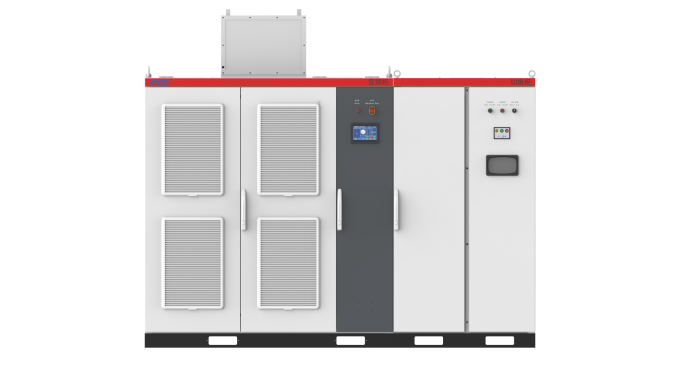
There are 7 water injection pumps in the Xinwu water injection station of the oil production plant. At present, the combination of the water injection station is two DF140-15010 (2 # and 3 #), one 3 DW-80 / 16 (1 #), and two 5 DW-150 / 16 (5 # and 7 #). The 5 DW-150 / 16 injection pump of 5 # and 7 #, and the 710kW / 6kV asynchronous motor model YSK-5001-6.
Water injection pump often according to different production needs, adjust the import and export gate, return valve, stop valve and other throttle equipment to control the flow, pressure, water level and other signals, that is, by changing the characteristic curve of the pipe network to adjust the displacement of the pump, pump, motor matching is difficult to achieve the best operating point of the pump operation. With low efficiency and high power loss, the pipe network will not only cause a lot of energy waste, pipeline, valve and other sealing performance damage, but also accelerate the wear and cavitation of the pump chamber and valve body, affecting the production.
Through comprehensive investigation and consideration, it is considered that the frequency conversion speed control of the injection pump is a better energy saving scheme and an effective means to reduce the loss of the injection pump. After multiple comparisons, the leaders of the company decided to choose JD-BP37-900F (900kW / 6kV) high voltage frequency converter produced by FGI to conduct frequency conversion control for 5 # and 7 # pumps, and the transformation was successful.
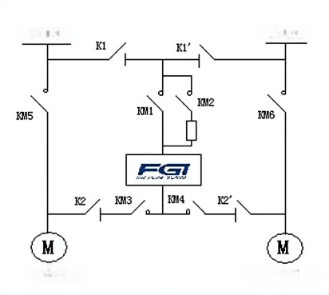 a
a
The water injection plunger pump of the fourth oil production mine adopts the control system of high voltage frequency converter, double one out and produced by FGI. The main circuit is shown in Figure 3-3, where K1, K1 ', K2 and K2' are high voltage isolation knives, electromagnetic interlock between K1 and K1 ', and electromagnetic interlock between K2 and K2'. KM5 is 7 # motor power frequency contactor and KM6 is 5 # motor.7 # motor power frequency contactor KM5 and KM3 contactor are interlocked, and 5 # motor power frequency contactor KM6 and KM4 contactor are interlocked.
KM1 and KM2 are used for the current limiting resistance switch, and KM1 is in the suction state during normal operation.
For 7 # motor, K1, K2 and KM3 are closed, K2, K2, K 2 and KM4 are disconnected, and KM5 is disconnected. After frequency conversion, the internal program KM2 will automatically absorb the current limiting resistance into the main loop to eliminate the large current impact. After 3s, KM1 absorbs, KM2 is disconnected after 1s, and the frequency converter is in standby state and can be put into operation according to the situation. After the frequency conversion start, the power frequency / frequency conversion hand automatic conversion knob is hit to the automatic position. After the motor speed reaches 50Hz, press the power frequency button to automatically break the KM3 contactor, and then automatically absorb the KM5 contactor to automatically switch to the power frequency operation, and realize the soft start control of 7 # plunger pump. Similarly, the 5 # motor flexible start operation control process is similar.
During normal operation, the 5 # and 7 # plunger pump units have one power frequency and one frequency conversion operation, and the 5 # and 7 # plunger pump units can realize the power frequency and frequency conversion operation state. When selecting the variable frequency operation of 5 # plunger pump and 7 # plunger pump, the high voltage frequency converter first drags 5 # frequency conversion soft start and turn the knob to the automatic position after the frequency conversion start. After the motor speed reaches 50Hz, the frequency inverter transfers the 5 # motor to power frequency operation; then drag the frequency conversion start of 7 # plunger pump, control the pump operation and adjust the pressure through the frequency of the pressure converter. You can also start the 7 # motor first and then automatically switch to the power frequency operation, and then start the frequency conversion operation of the 5 # motor, so as to realize the control function of one tow and two frequency converter
When the high voltage frequency inverter fails, the plunger water pump will automatically transfer to the power frequency operation to ensure the normal water injection in the oil field.
3.Application advantage
Reduce the displacement loss as much as possible on the basis of meeting the water allocation of the system;
On the premise of meeting the water injection pressure, reduce the pressure difference of the pump pipe as far as possible, that is, reduce the pressure loss. The system optimization is planned to start from both kinetic energy and potential energy at the same time to reduce energy consumption and improve the system efficiency as far as possible.

